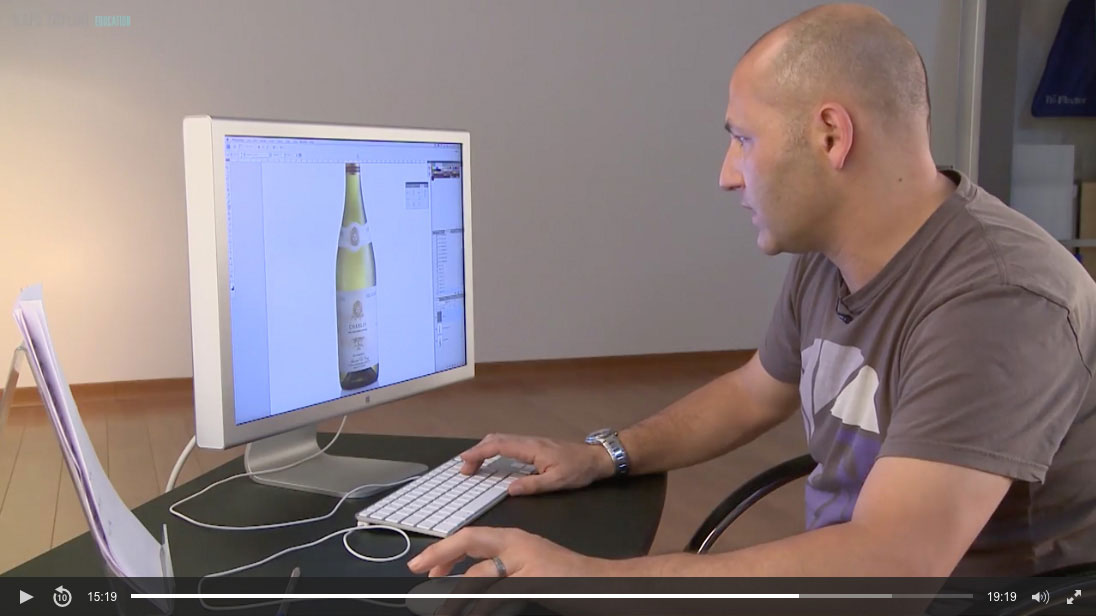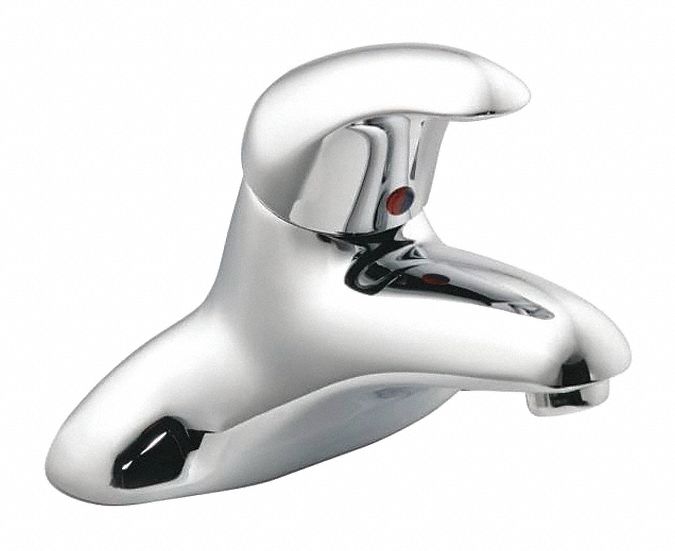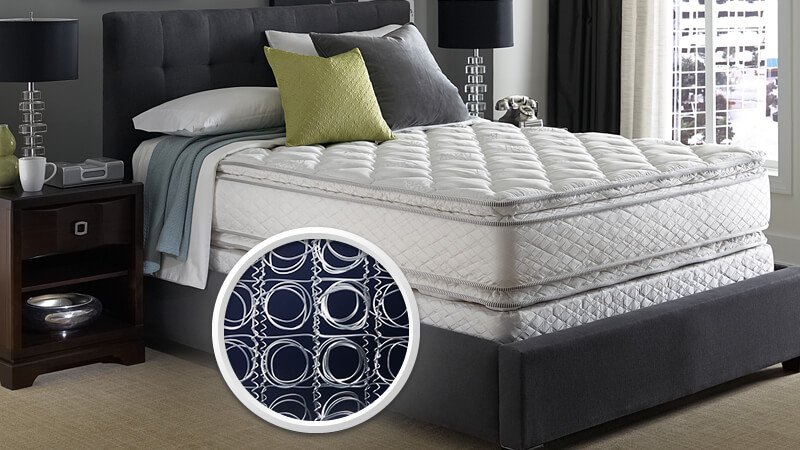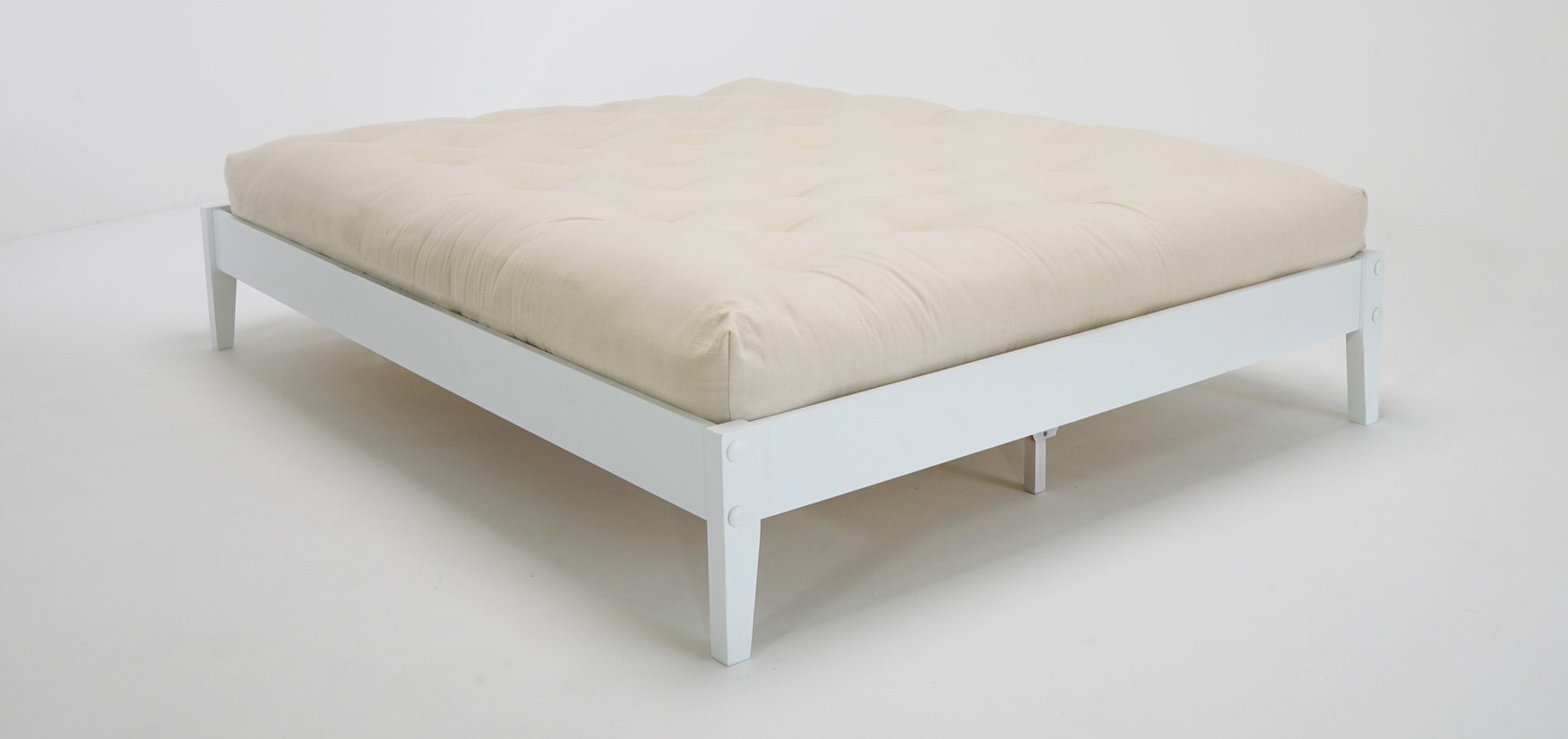The first step in any successful kitchen design process is proper planning. This involves assessing your needs and wants for your kitchen, as well as considering practical factors such as budget, timeline, and space limitations. Creating a detailed plan will help guide you through the rest of the process and ensure that you end up with a kitchen that meets all of your requirements.Planning
Once you have a solid plan in place, it's time to move on to the design phase. This is where you can really get creative and start visualizing your dream kitchen. You can work with a professional designer or use online tools to help you come up with a design that incorporates all of your ideas and stays within your budget. Keep in mind the layout, functionality, and aesthetic appeal of your kitchen as you make design decisions.Design
Before you get too far into the design process, it's important to establish a budget for your kitchen project. This will help you make informed decisions throughout the process and prevent you from overspending. Be sure to consider all aspects of the project, including materials, labor, and any additional fees or unexpected costs. It's also a good idea to leave some room in the budget for any potential changes or upgrades.Budgeting
With your plan and budget in place, it's time to start researching. This step involves looking into different materials, appliances, and design options to determine which ones best suit your needs and budget. Don't be afraid to compare prices and explore different options to find the best value for your money. You can also consult with professionals and read reviews to get a better understanding of the products and services available to you.Research
The layout of your kitchen is a crucial aspect of the design process. This refers to the placement of key elements such as cabinets, appliances, and countertops. A well-thought-out layout will maximize the functionality and flow of your kitchen, making it easier and more enjoyable to use. Consider the size and shape of your kitchen, as well as your personal preferences, when deciding on the layout.Layout
Choosing the right materials for your kitchen is essential for both aesthetic and practical reasons. You'll need to consider factors such as durability, maintenance, and cost when selecting materials for your cabinets, countertops, flooring, and backsplash. Keep in mind the overall style and color scheme of your kitchen to ensure that your materials complement each other and create a cohesive look.Material Selection
If your kitchen design involves major renovations or construction, you'll likely need to hire a contractor. This is an important step in the process, as the contractor will be responsible for overseeing the entire project and ensuring that it is completed to your satisfaction. Take the time to research and compare contractors to find one with a good reputation and experience in kitchen renovations.Contracting
Once you have a contractor in place, it's time to start the construction phase. This is where all of your planning and design work starts to come to life. It's important to communicate regularly with your contractor and make sure that the work is being done according to your specifications and timeline. Be prepared for some disruption and inconvenience during this phase, but remember that it will all be worth it in the end!Construction
As construction nears completion, it's time to start installing all of the components of your new kitchen. This includes cabinets, countertops, appliances, and any other finishing touches. Again, communication with your contractor is key during this phase to ensure that everything is installed correctly and to your satisfaction.Installation
The final step in the kitchen design process is adding those special finishing touches that will bring your kitchen to life. This may include decorative elements such as lighting fixtures, window treatments, and accessories. Don't rush this step - take the time to carefully select and place these final touches to truly personalize your new kitchen.Final Touches
Introduction to the Kitchen Design Process

The Role of Kitchen Design in House Design
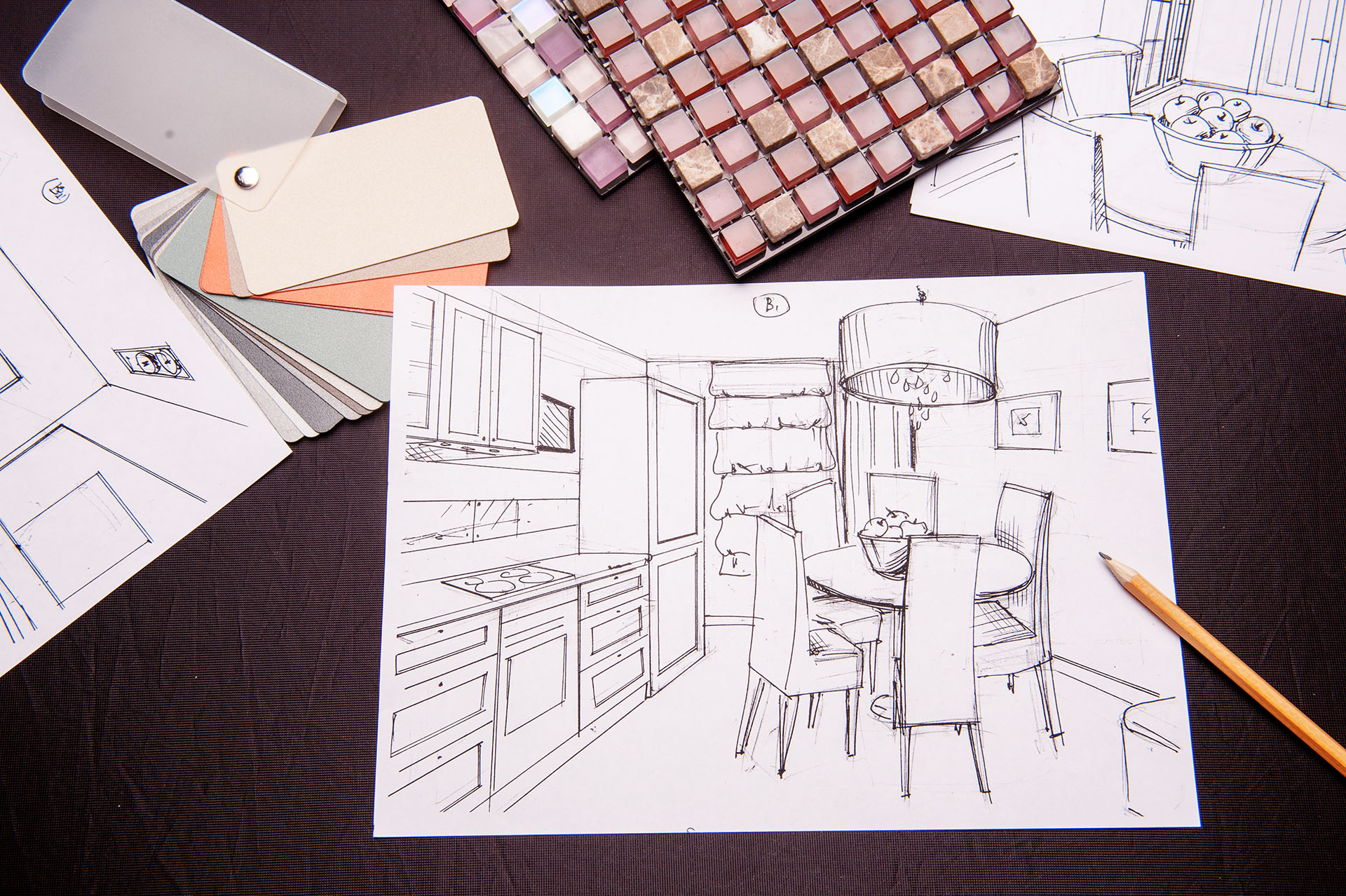 When it comes to designing a house, the kitchen is often considered the heart of the home. It is a place where families gather, meals are prepared, and memories are made. Therefore, it is essential to have a well-designed and functional kitchen that meets the needs of the homeowners. A well-designed kitchen not only adds value to a home but also enhances the overall aesthetic appeal. The kitchen design process plays a crucial role in achieving this perfect balance of functionality and aesthetics.
When it comes to designing a house, the kitchen is often considered the heart of the home. It is a place where families gather, meals are prepared, and memories are made. Therefore, it is essential to have a well-designed and functional kitchen that meets the needs of the homeowners. A well-designed kitchen not only adds value to a home but also enhances the overall aesthetic appeal. The kitchen design process plays a crucial role in achieving this perfect balance of functionality and aesthetics.
Understanding the Kitchen Design Process
 The kitchen design process is a step-by-step journey that involves careful planning, collaboration, and decision making. It starts with understanding the needs and preferences of the homeowners, followed by creating a design concept and selecting the right materials and finishes. The next step involves preparing detailed drawings and layouts, which are then brought to life through construction and installation. Finally, the finishing touches and décor add the final touch, creating a beautiful and functional kitchen.
The kitchen design process is a step-by-step journey that involves careful planning, collaboration, and decision making. It starts with understanding the needs and preferences of the homeowners, followed by creating a design concept and selecting the right materials and finishes. The next step involves preparing detailed drawings and layouts, which are then brought to life through construction and installation. Finally, the finishing touches and décor add the final touch, creating a beautiful and functional kitchen.
The Importance of Hiring a Professional Designer
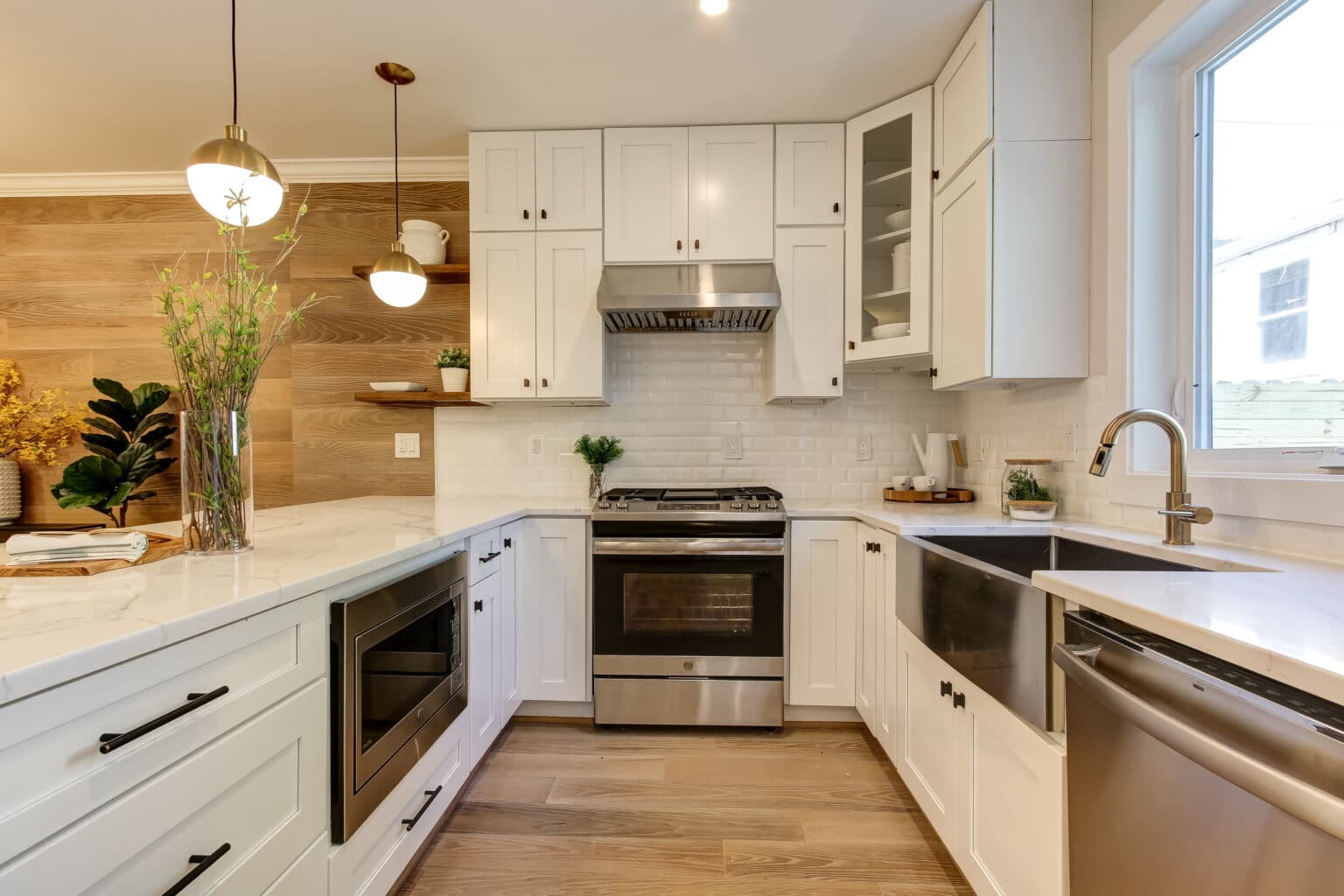 While some homeowners may opt to design their kitchen themselves, it is highly recommended to hire a professional designer. A professional designer has the expertise and experience to help homeowners make informed decisions about the layout, materials, and finishes for their kitchen. They also have access to a wide range of resources and can provide valuable insights and suggestions to create a unique and personalized design. This can ultimately save time, money, and ensure a successful outcome.
While some homeowners may opt to design their kitchen themselves, it is highly recommended to hire a professional designer. A professional designer has the expertise and experience to help homeowners make informed decisions about the layout, materials, and finishes for their kitchen. They also have access to a wide range of resources and can provide valuable insights and suggestions to create a unique and personalized design. This can ultimately save time, money, and ensure a successful outcome.
The Benefits of a Well-Designed Kitchen
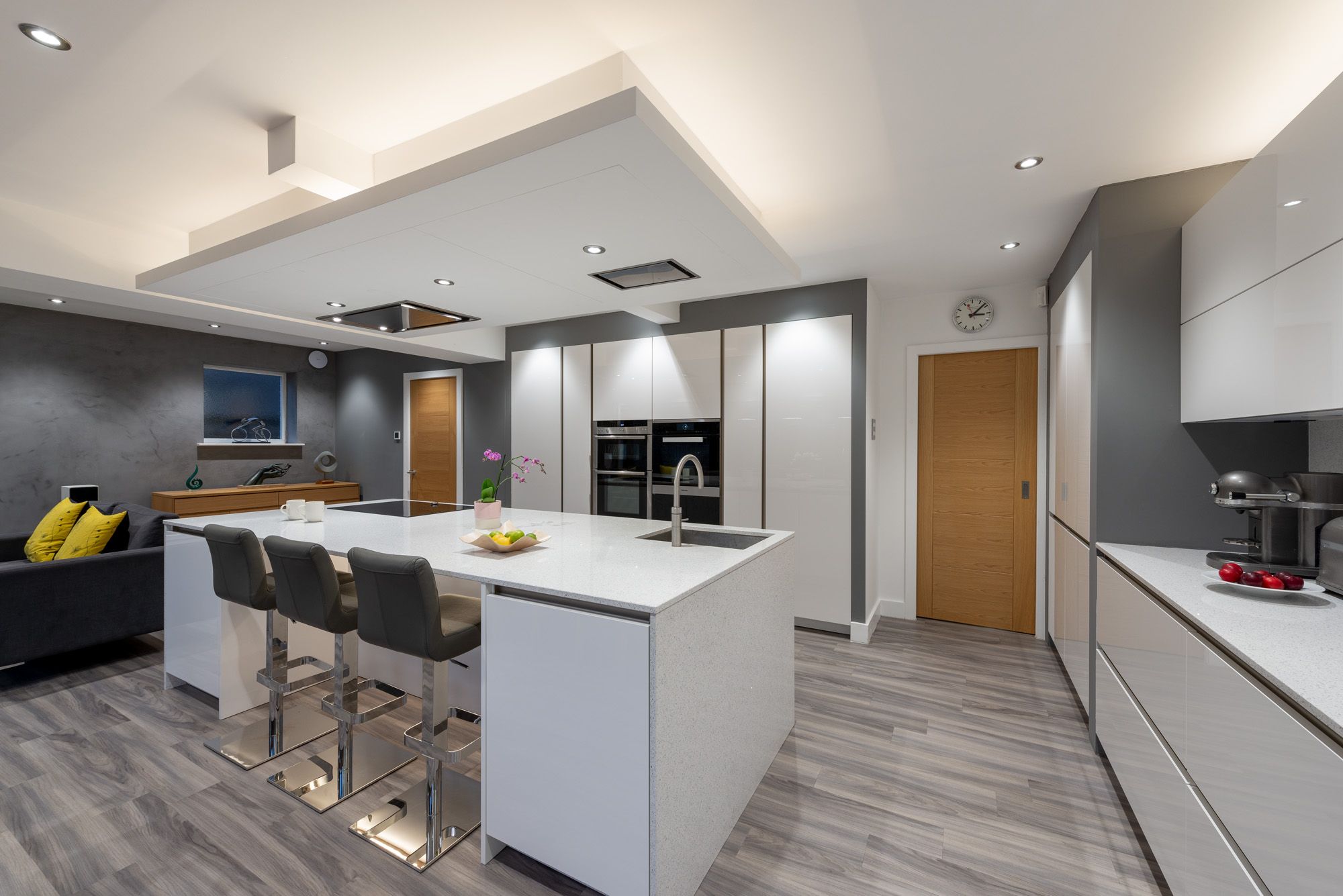 A well-designed kitchen not only adds value and enhances the functionality of a home, but it also has several other benefits. A well-designed kitchen can improve the overall flow and efficiency of the space, making it easier to prepare meals and entertain guests. It can also increase storage space and organization, making it easier to keep the kitchen clutter-free. Additionally, a beautiful kitchen can improve the overall ambiance and atmosphere of a home, creating a welcoming and enjoyable space for the entire family.
A well-designed kitchen not only adds value and enhances the functionality of a home, but it also has several other benefits. A well-designed kitchen can improve the overall flow and efficiency of the space, making it easier to prepare meals and entertain guests. It can also increase storage space and organization, making it easier to keep the kitchen clutter-free. Additionally, a beautiful kitchen can improve the overall ambiance and atmosphere of a home, creating a welcoming and enjoyable space for the entire family.
In Conclusion
 The kitchen design process is a crucial aspect of house design that should not be overlooked. It involves careful planning, collaboration, and decision making to create a functional and aesthetically pleasing kitchen. Hiring a professional designer can make this process smoother and more successful, resulting in a well-designed kitchen that meets the needs and preferences of the homeowners. With a well-designed kitchen, homeowners can enjoy the many benefits it brings while creating lasting memories with their loved ones.
The kitchen design process is a crucial aspect of house design that should not be overlooked. It involves careful planning, collaboration, and decision making to create a functional and aesthetically pleasing kitchen. Hiring a professional designer can make this process smoother and more successful, resulting in a well-designed kitchen that meets the needs and preferences of the homeowners. With a well-designed kitchen, homeowners can enjoy the many benefits it brings while creating lasting memories with their loved ones.
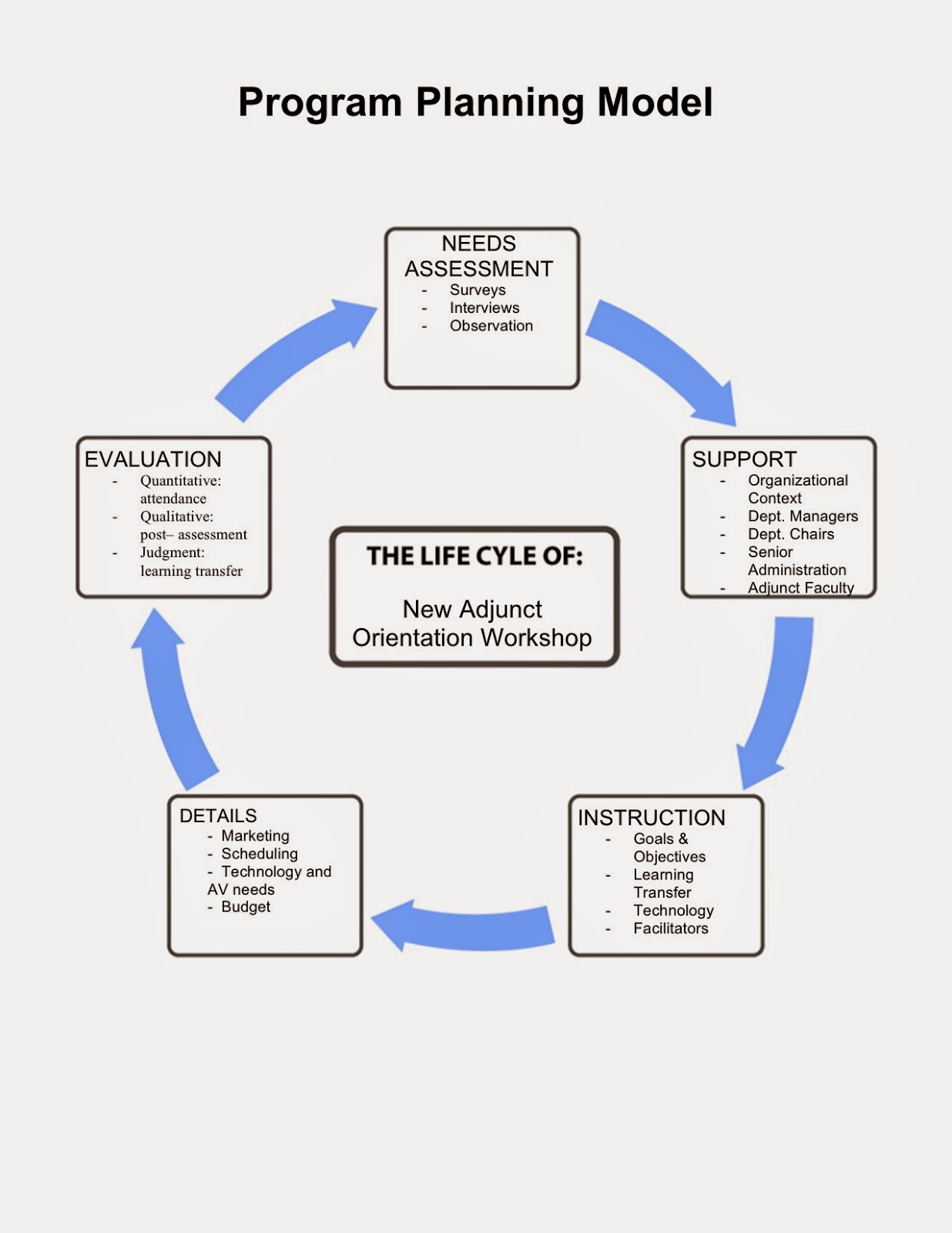
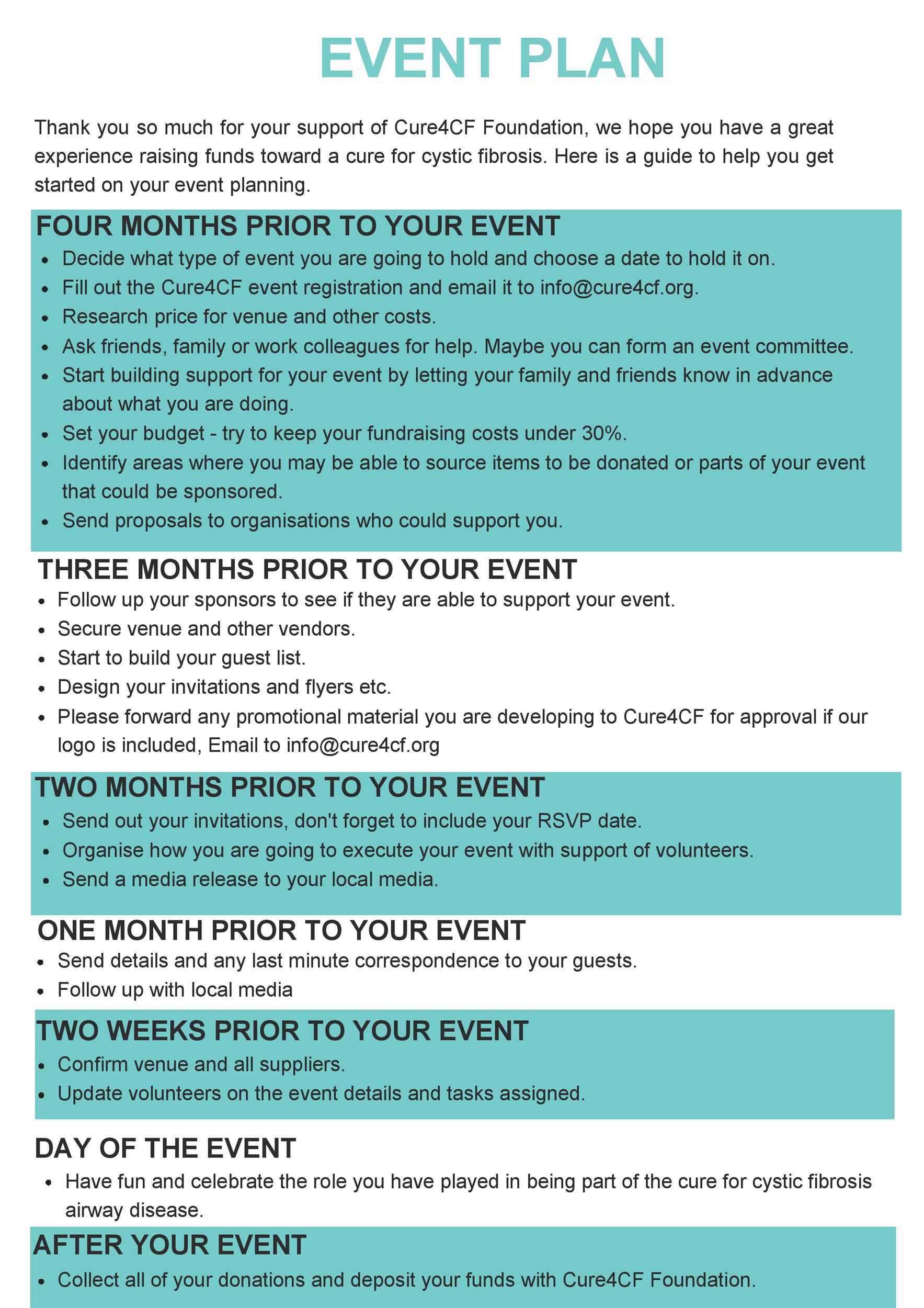
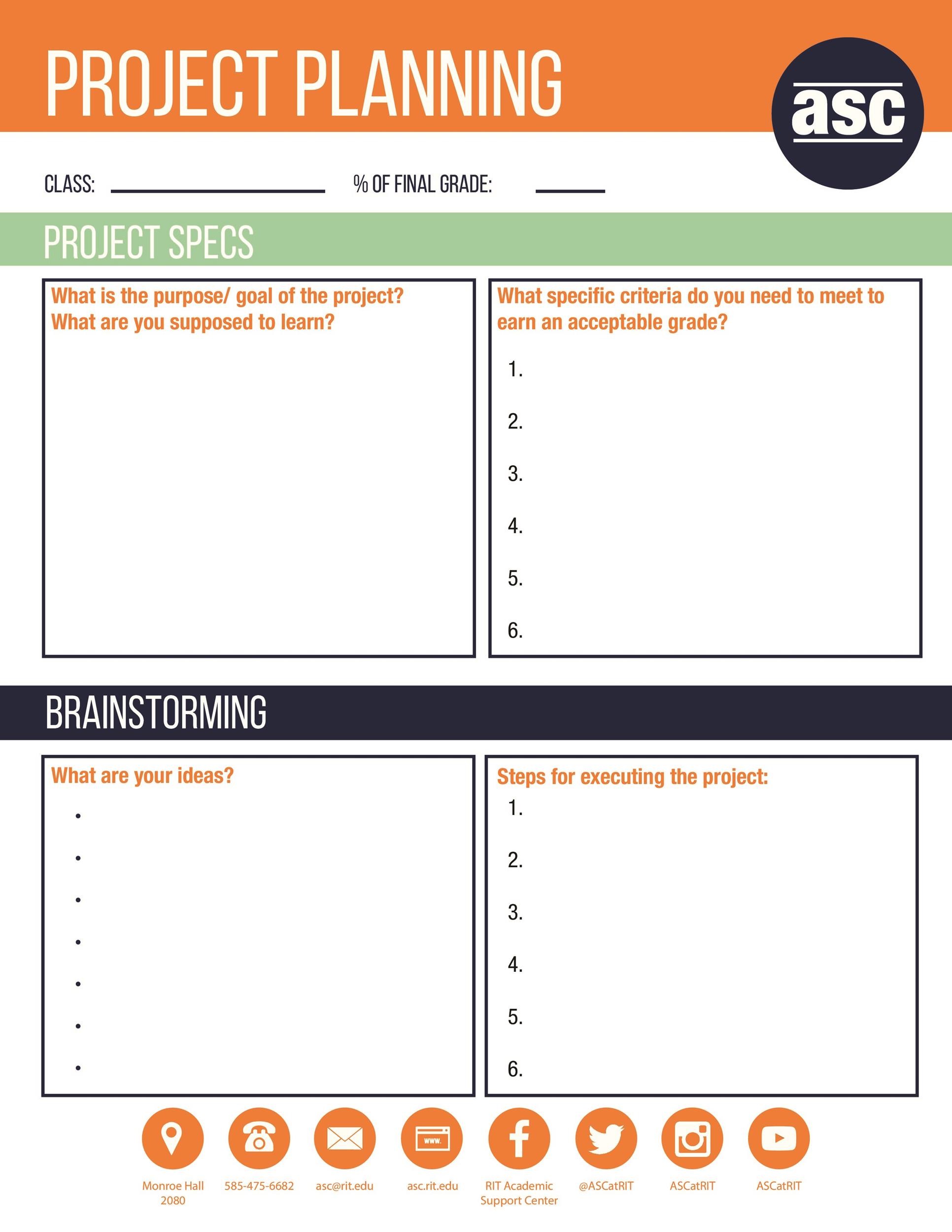





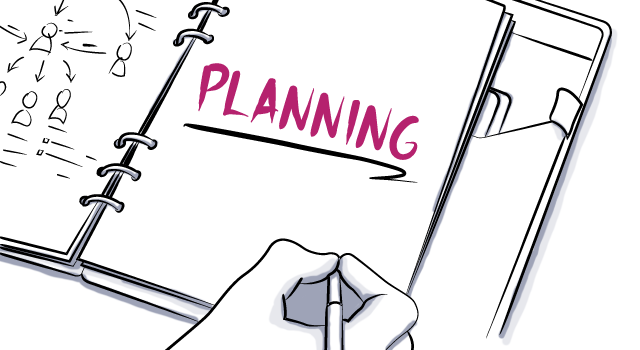

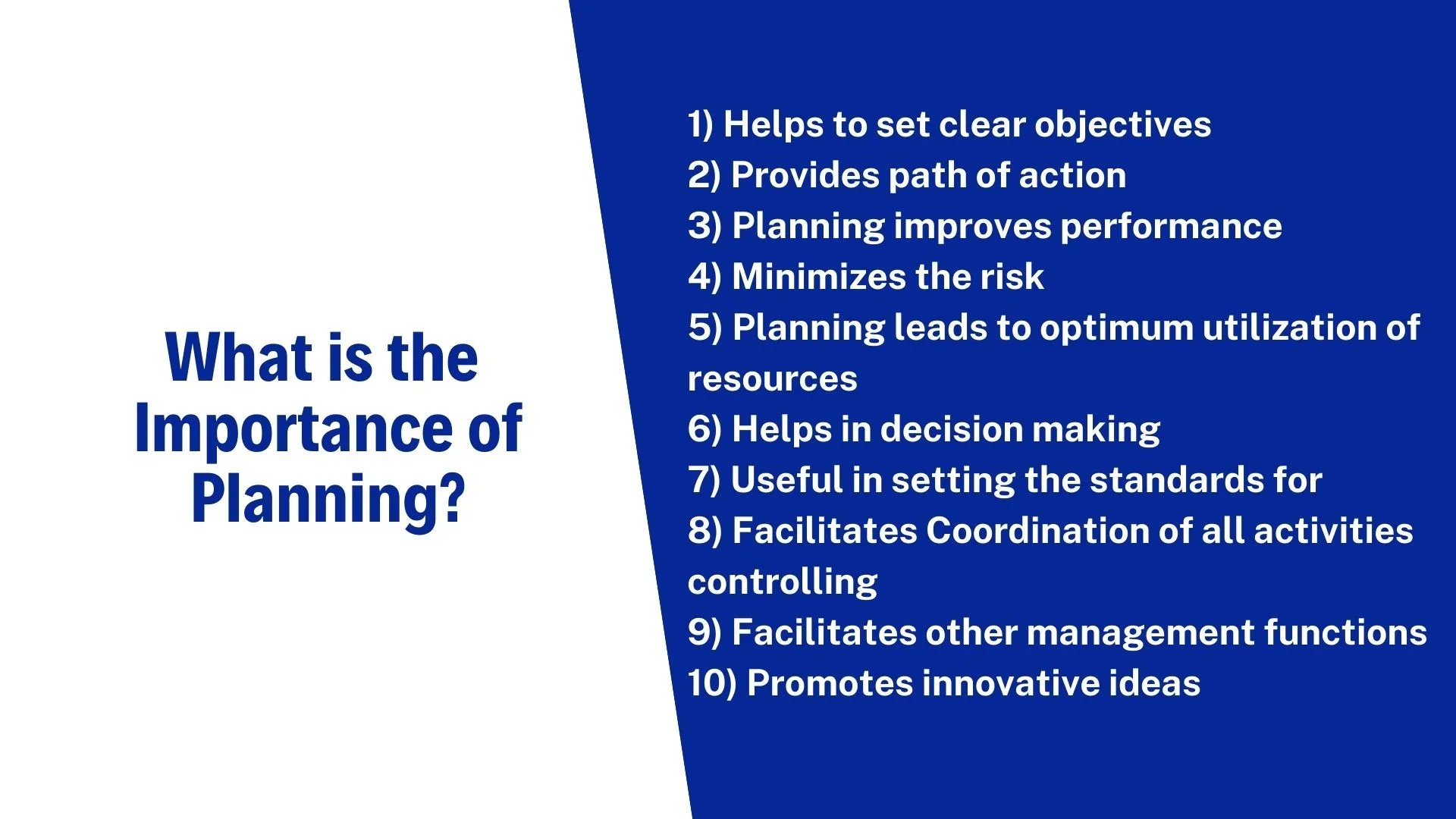
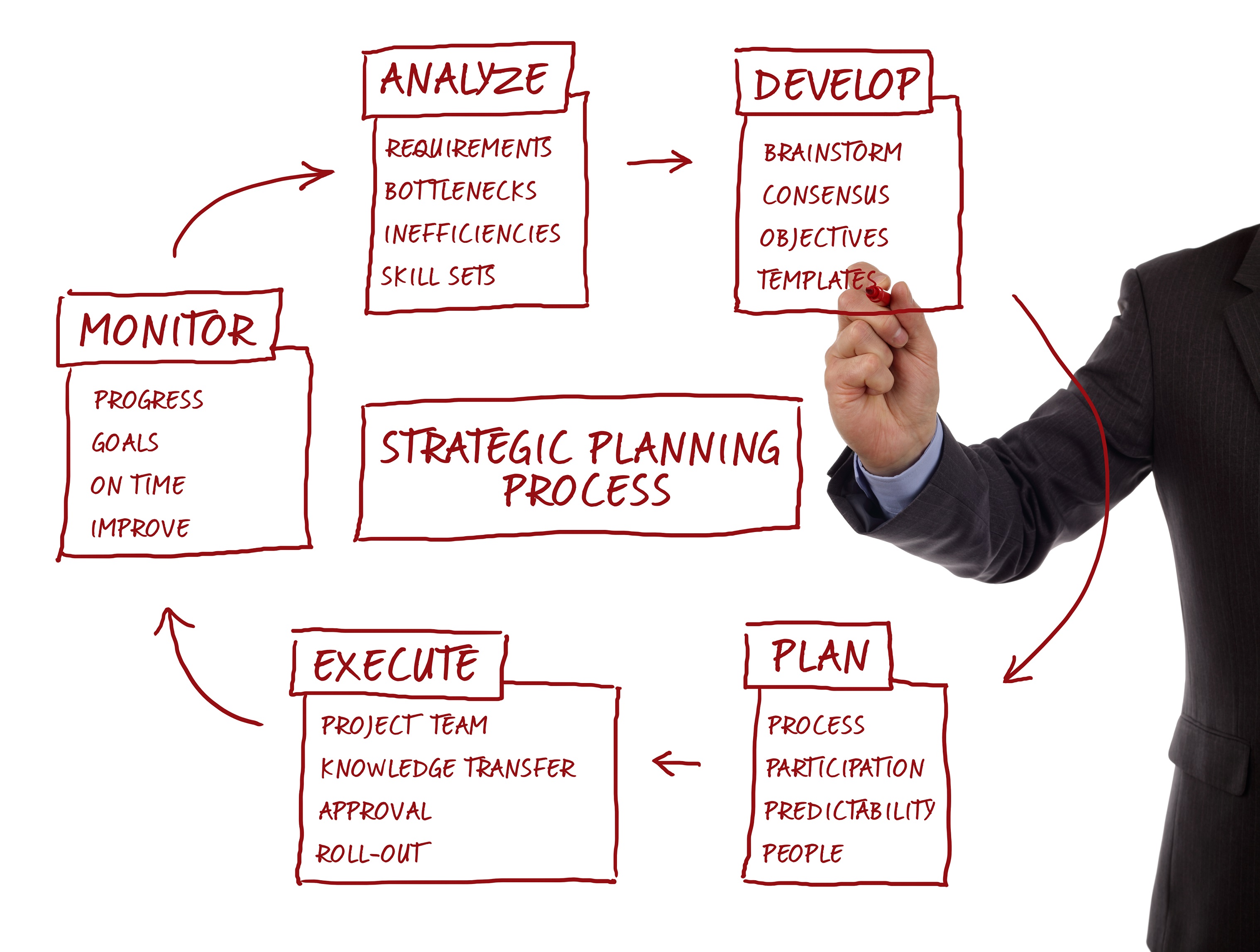




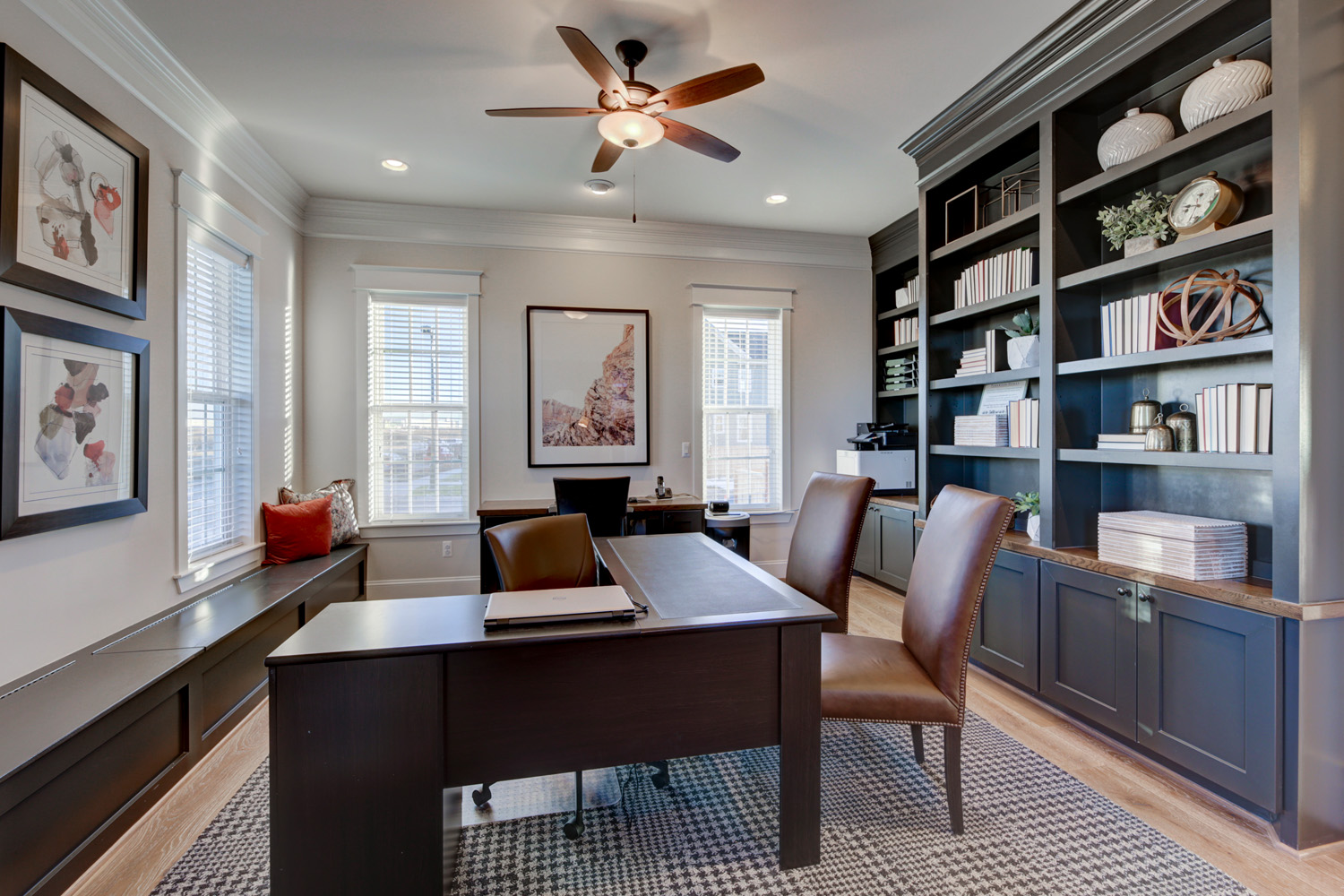

.jpg)




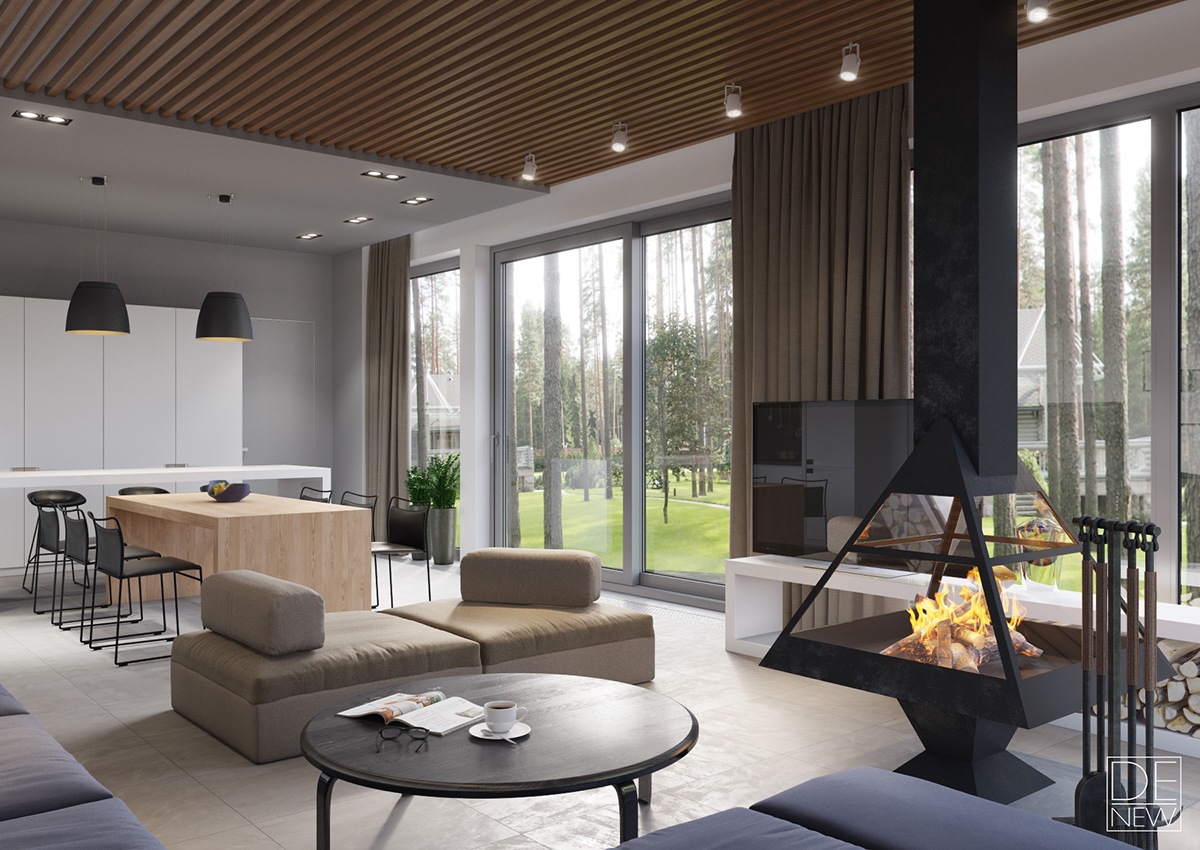


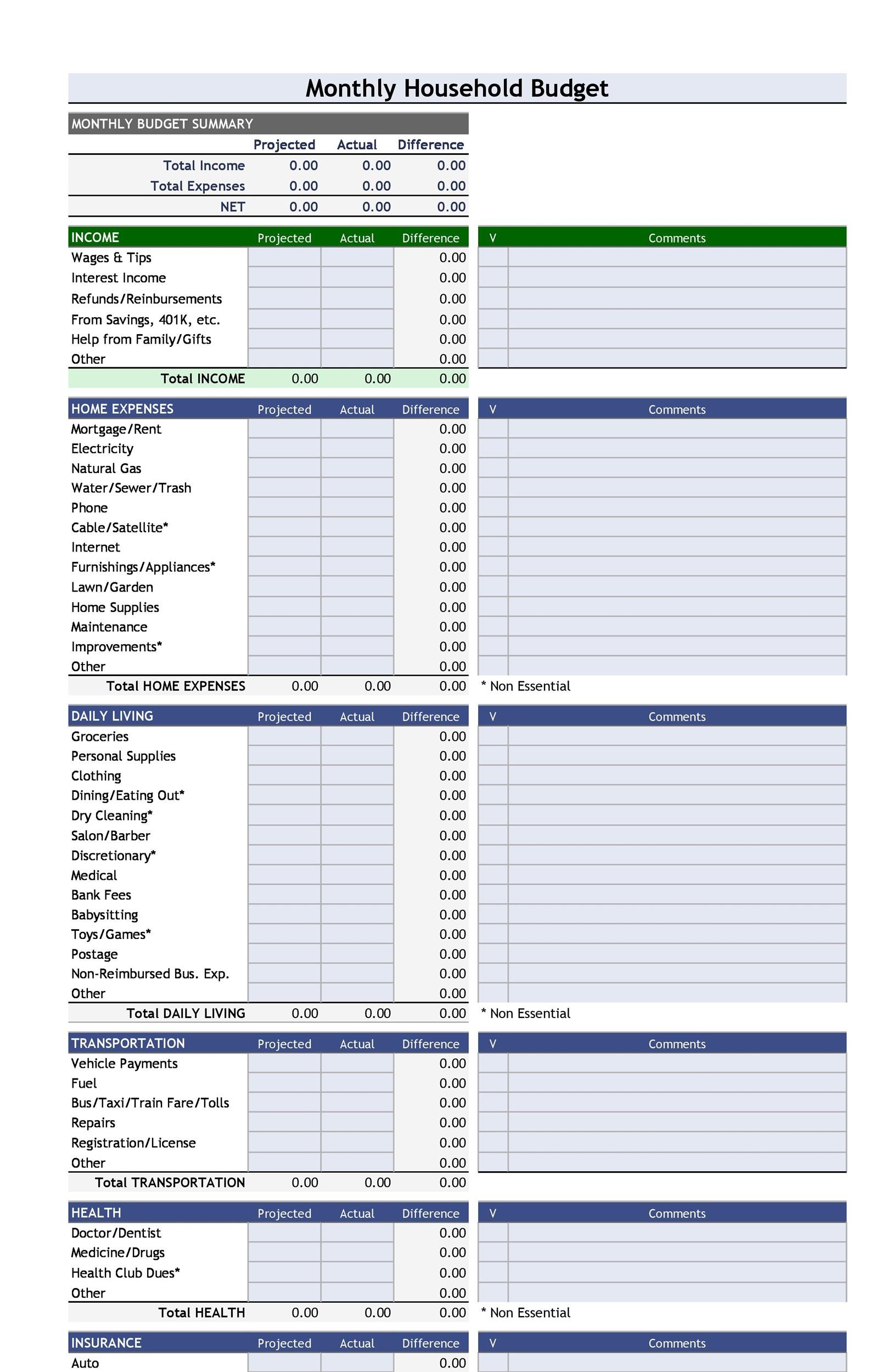

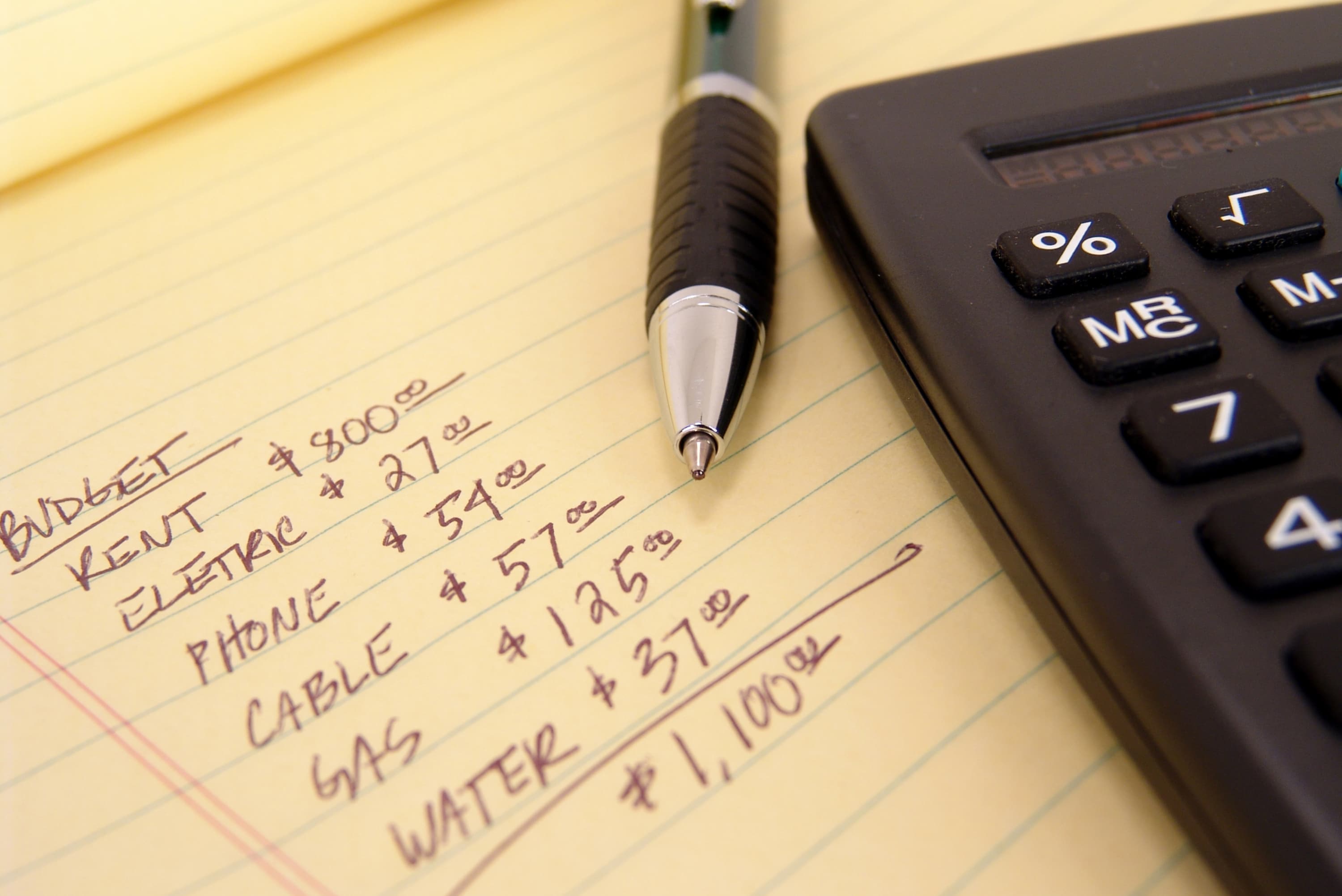
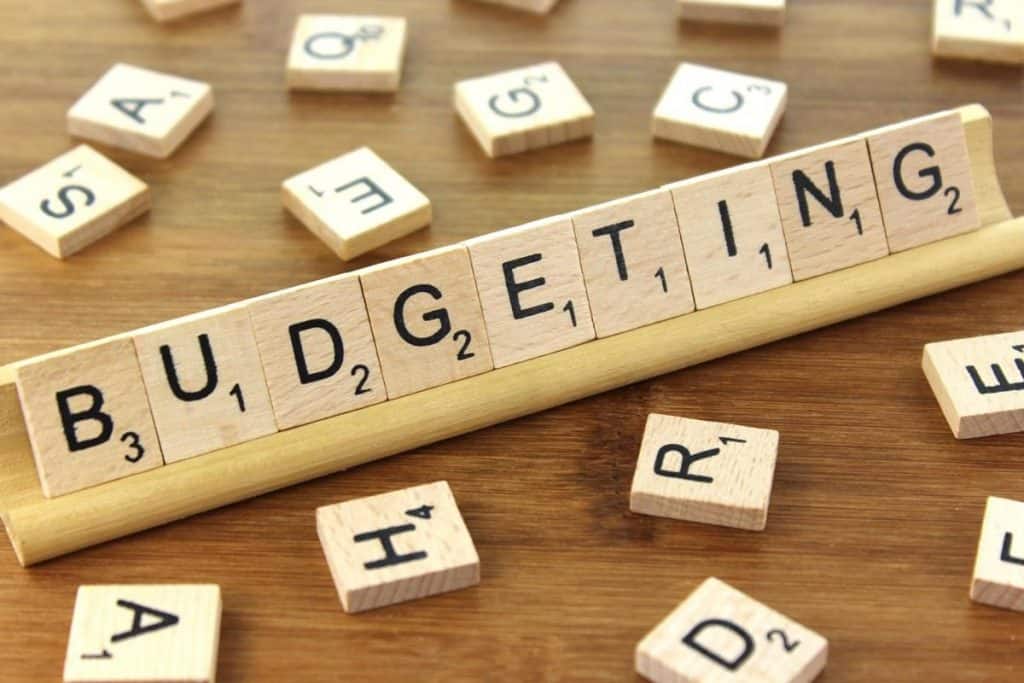














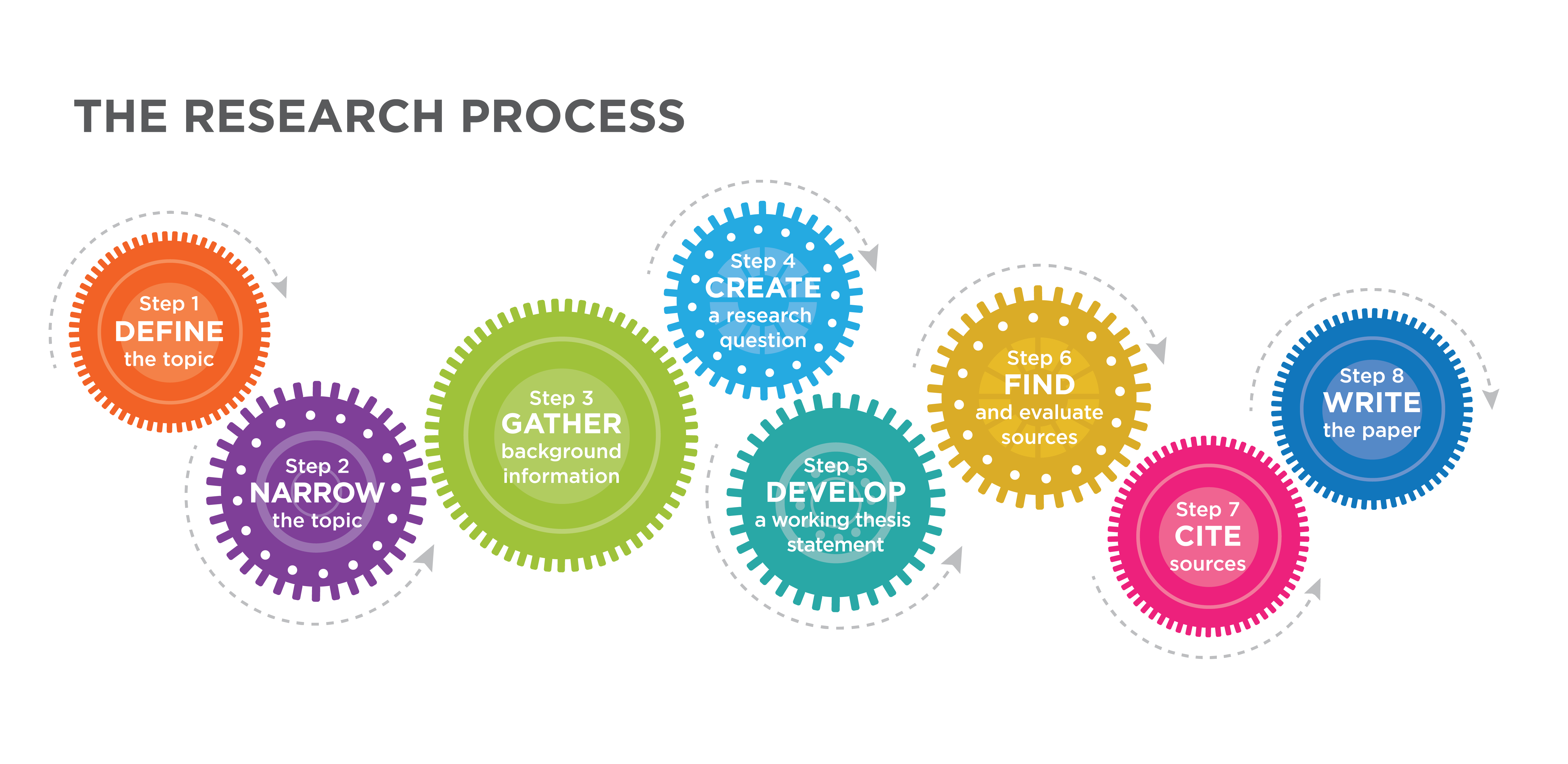

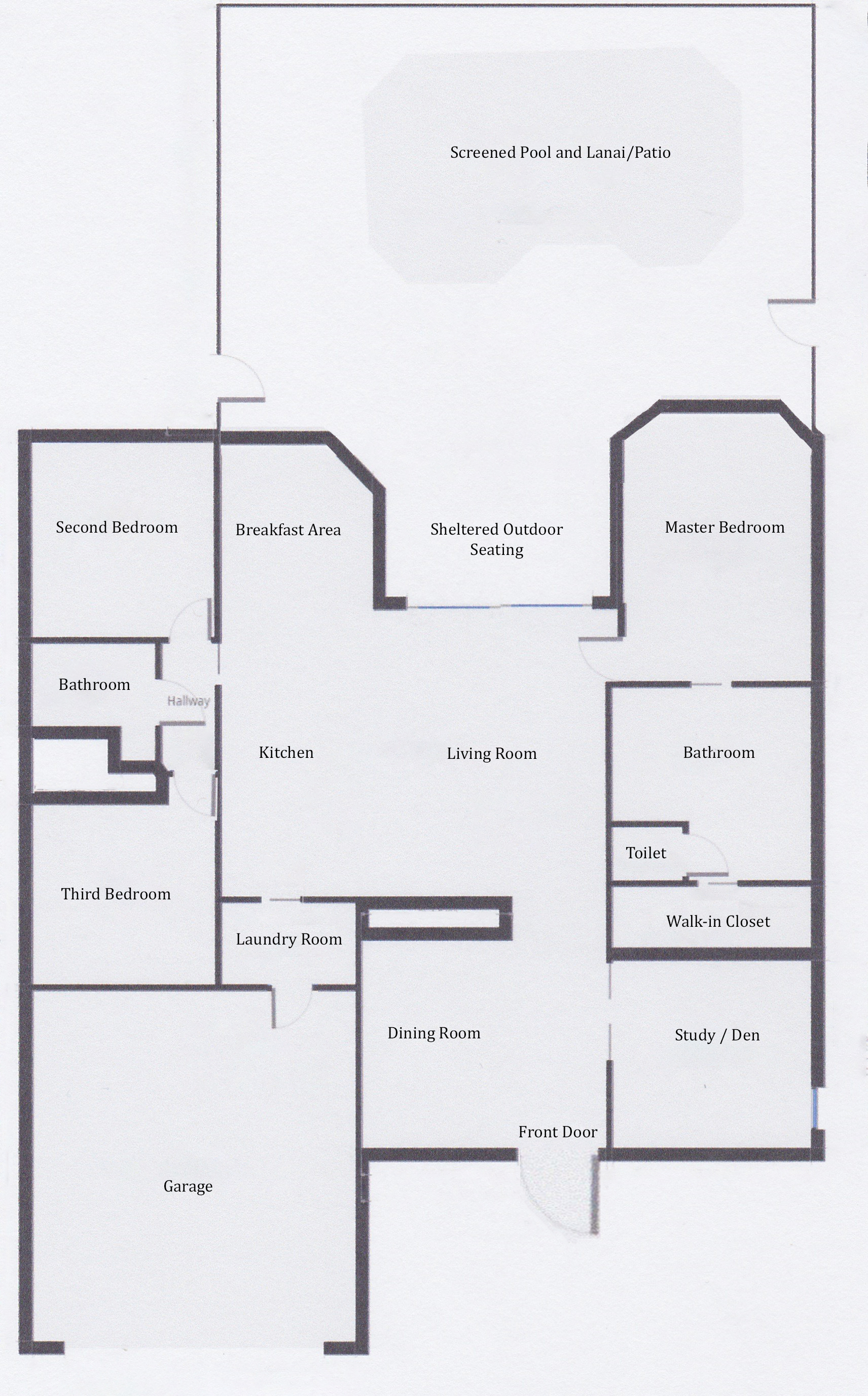

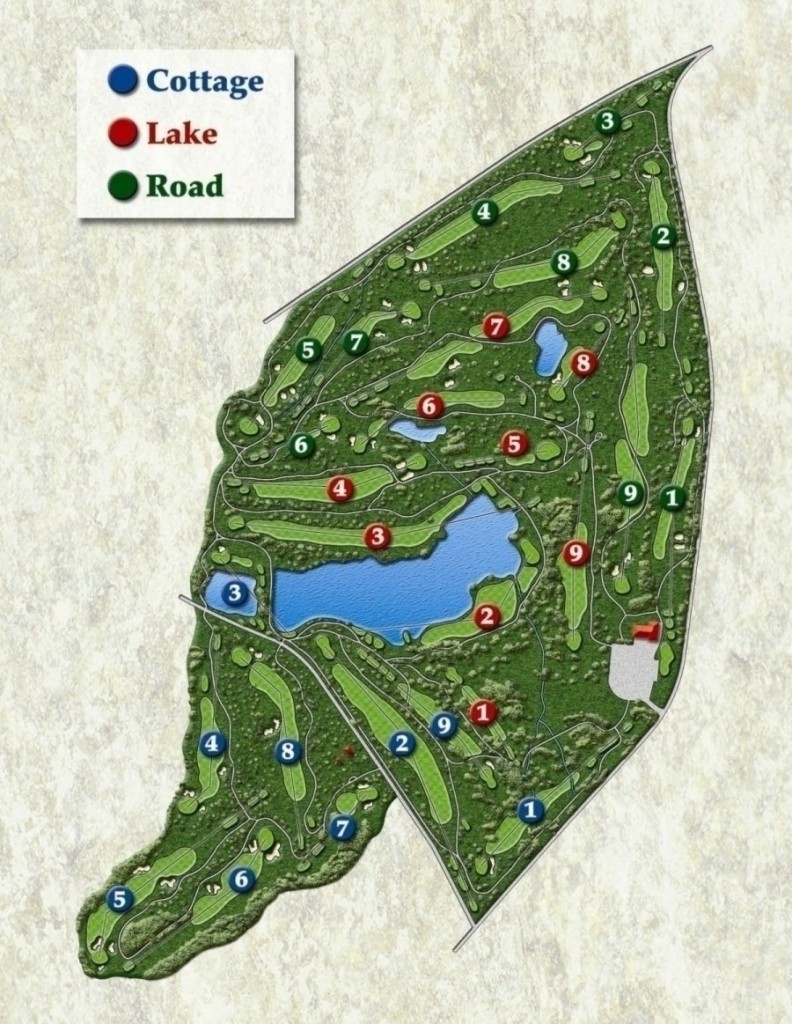
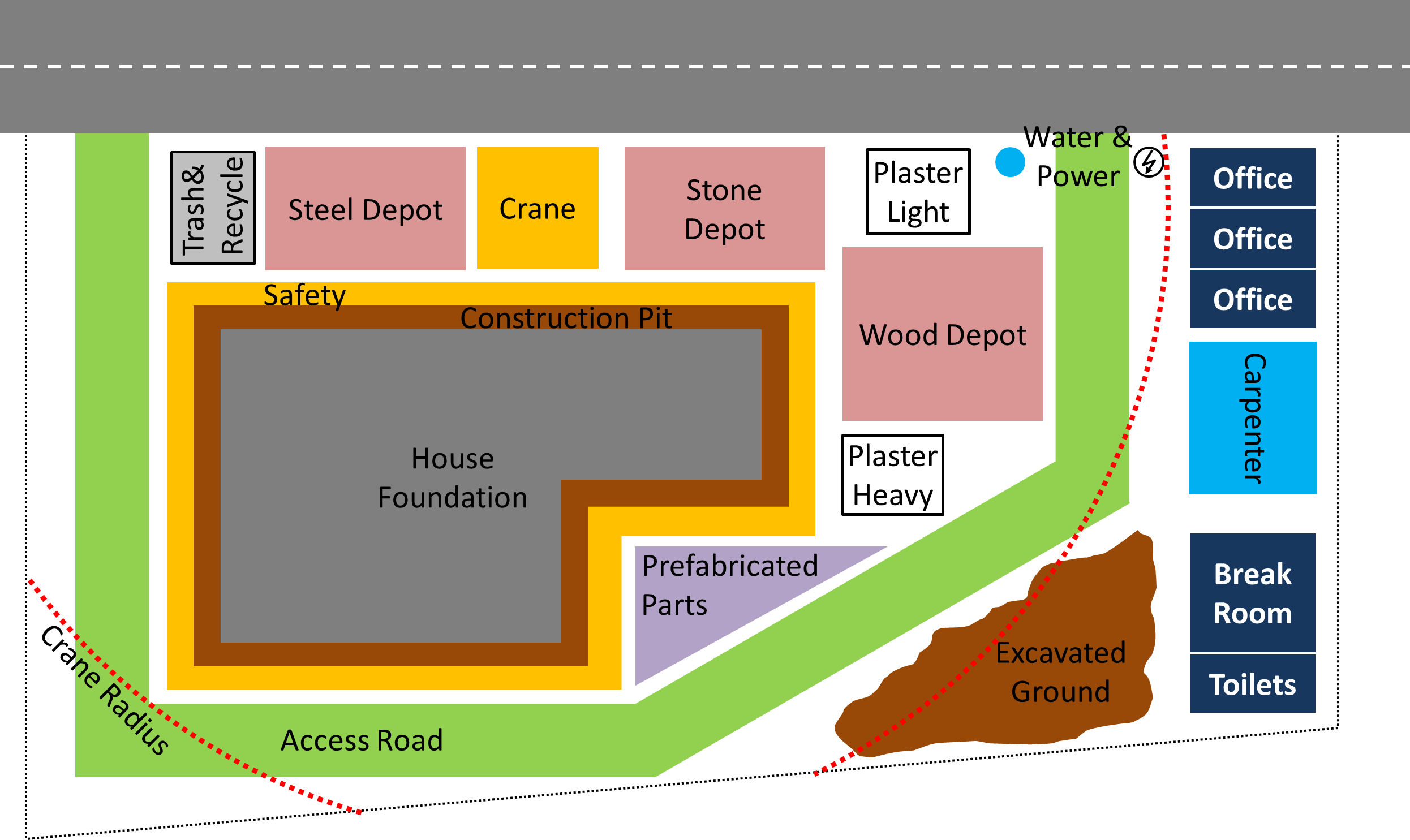
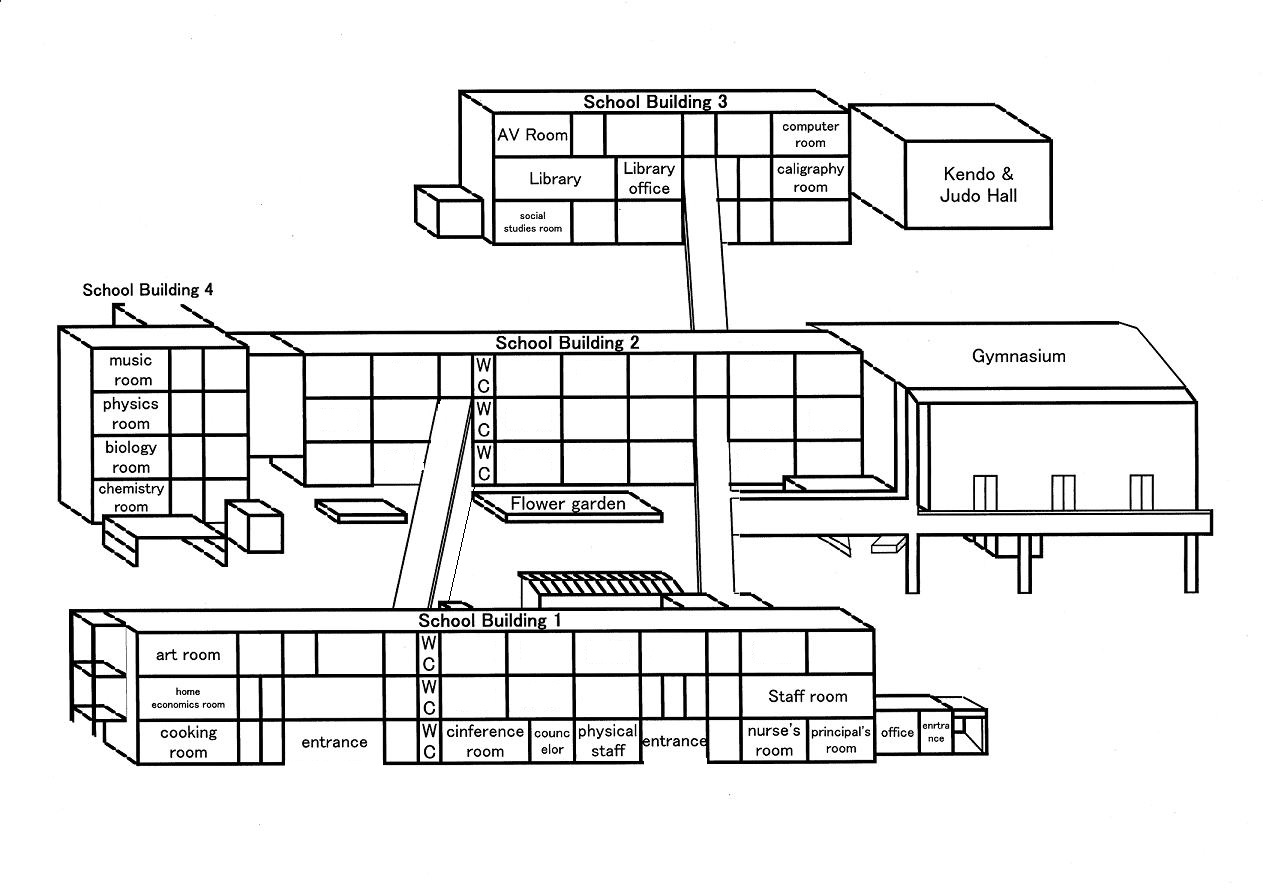
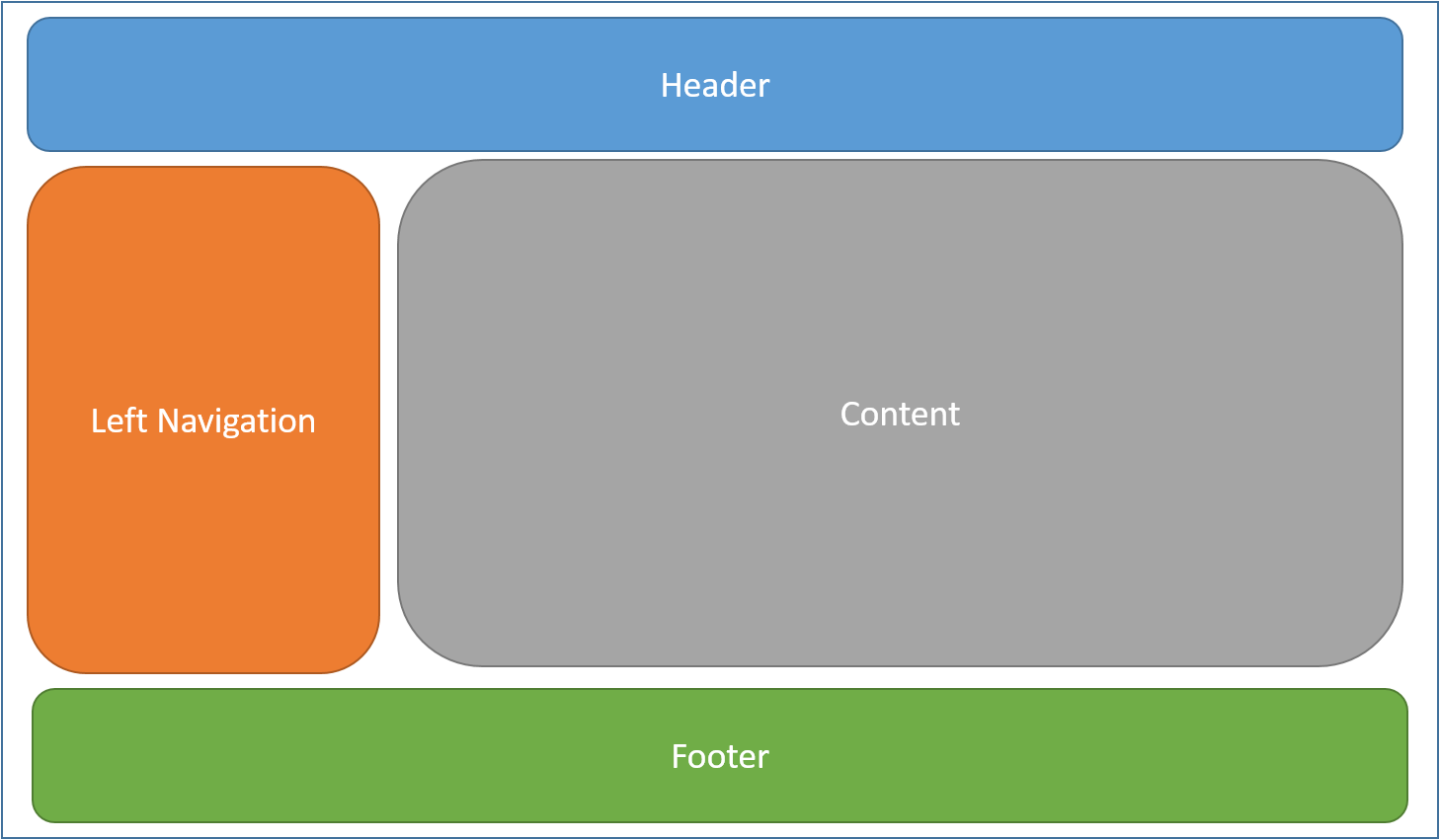

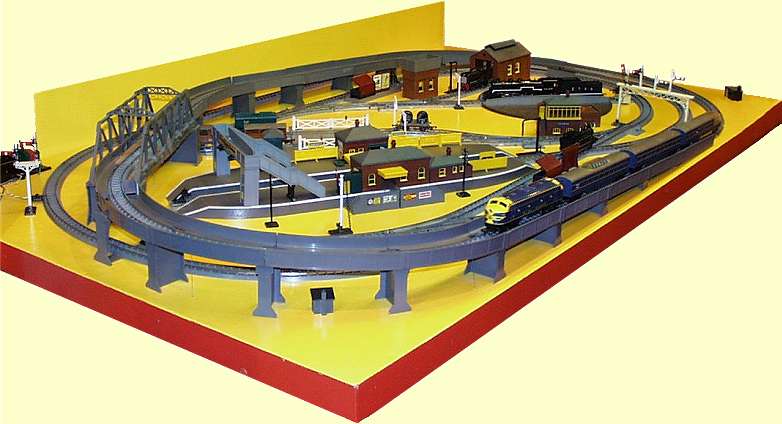
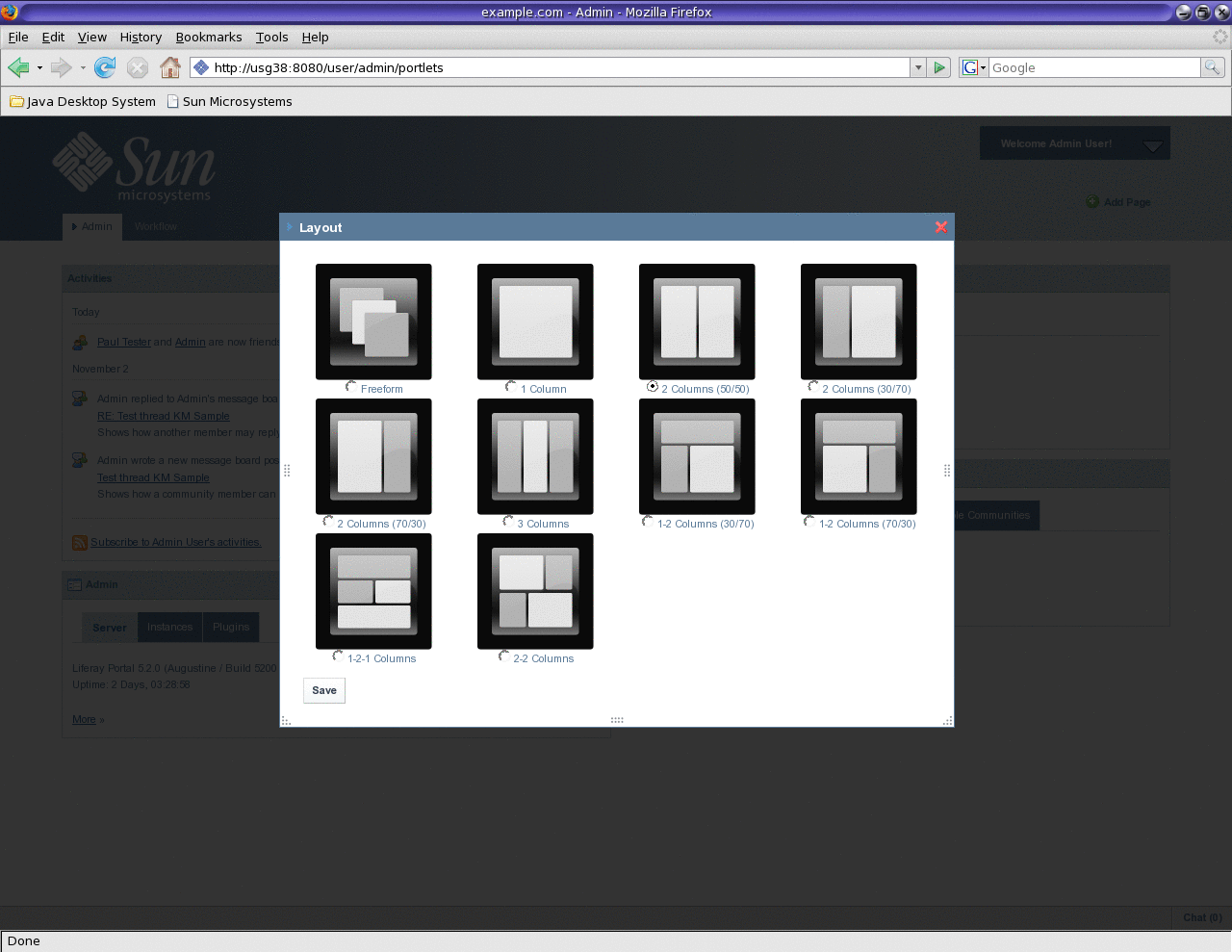


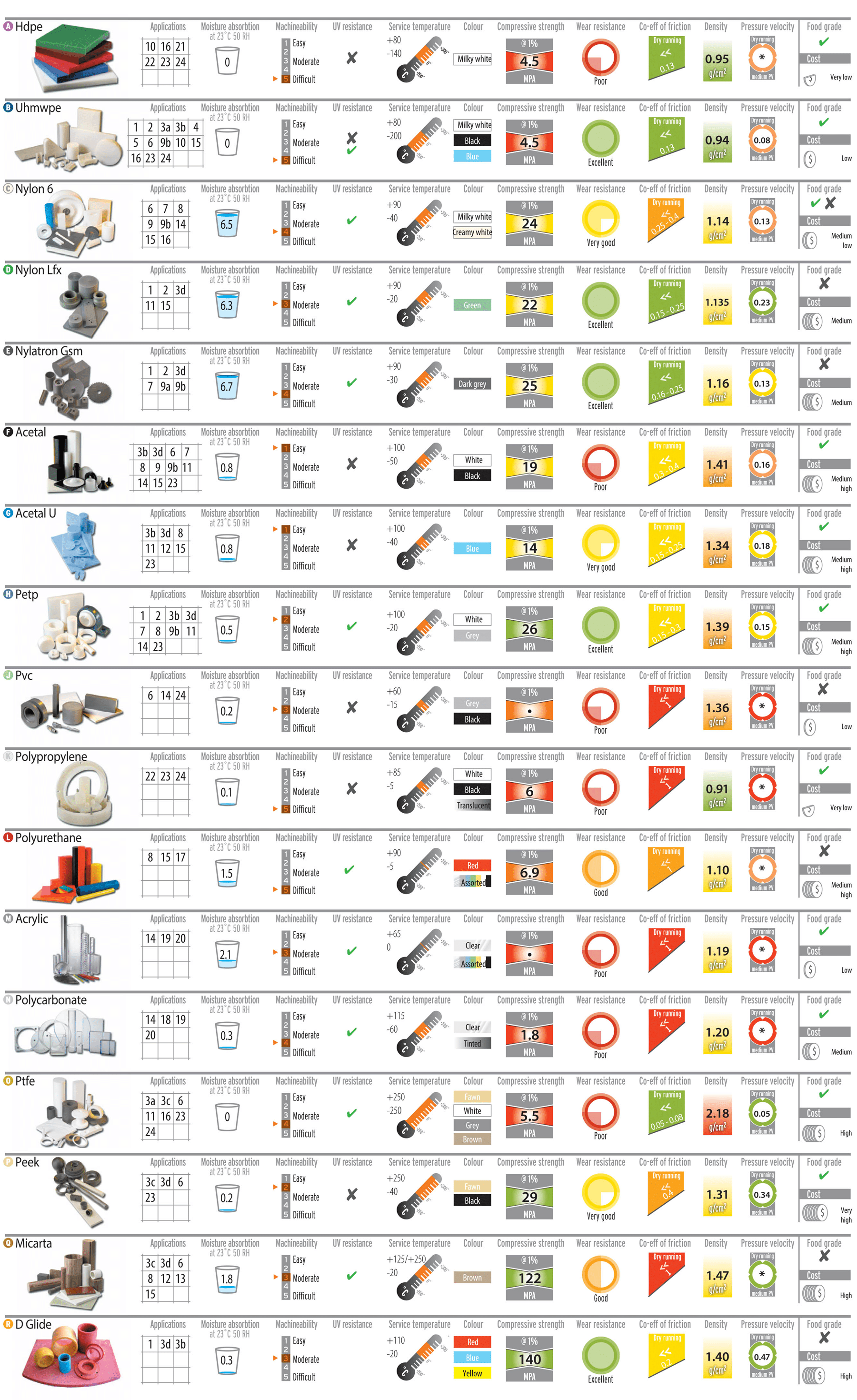


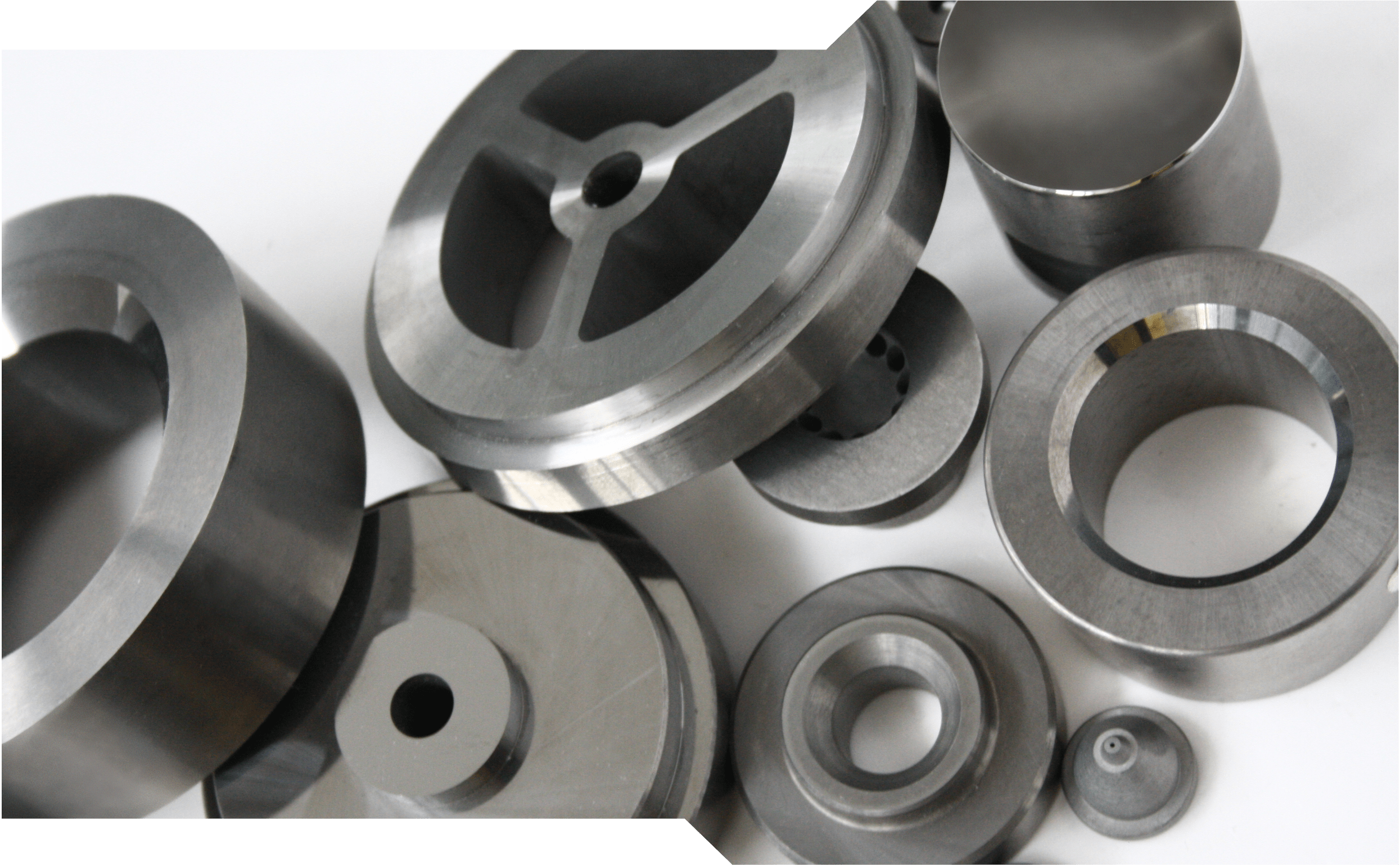
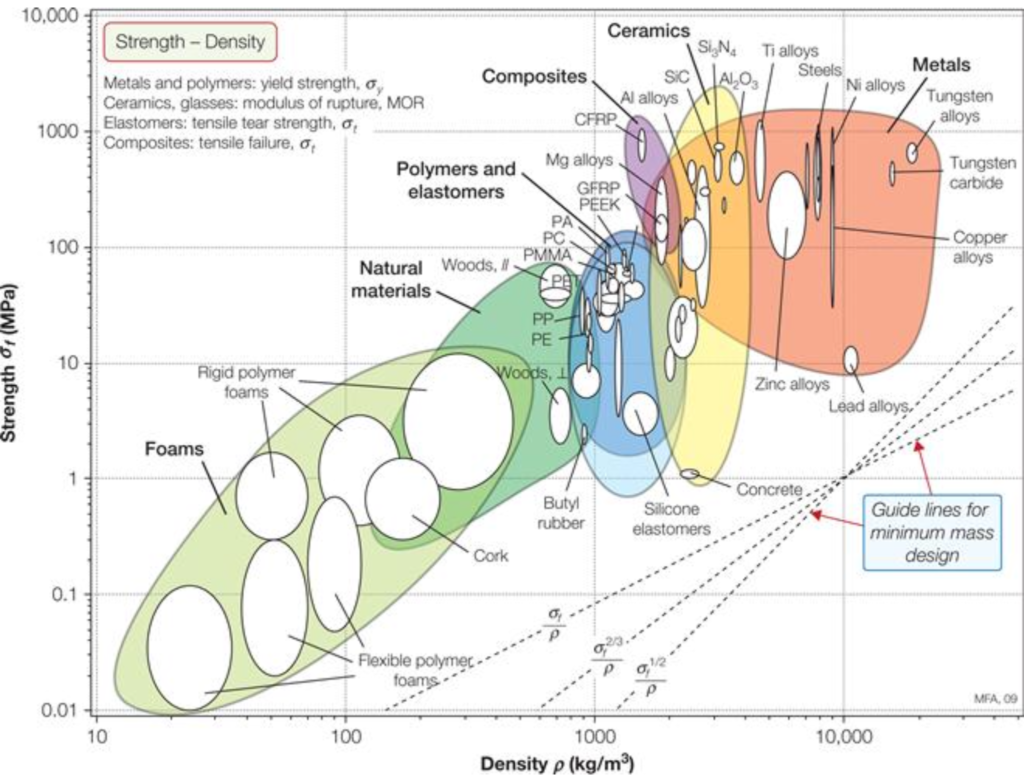
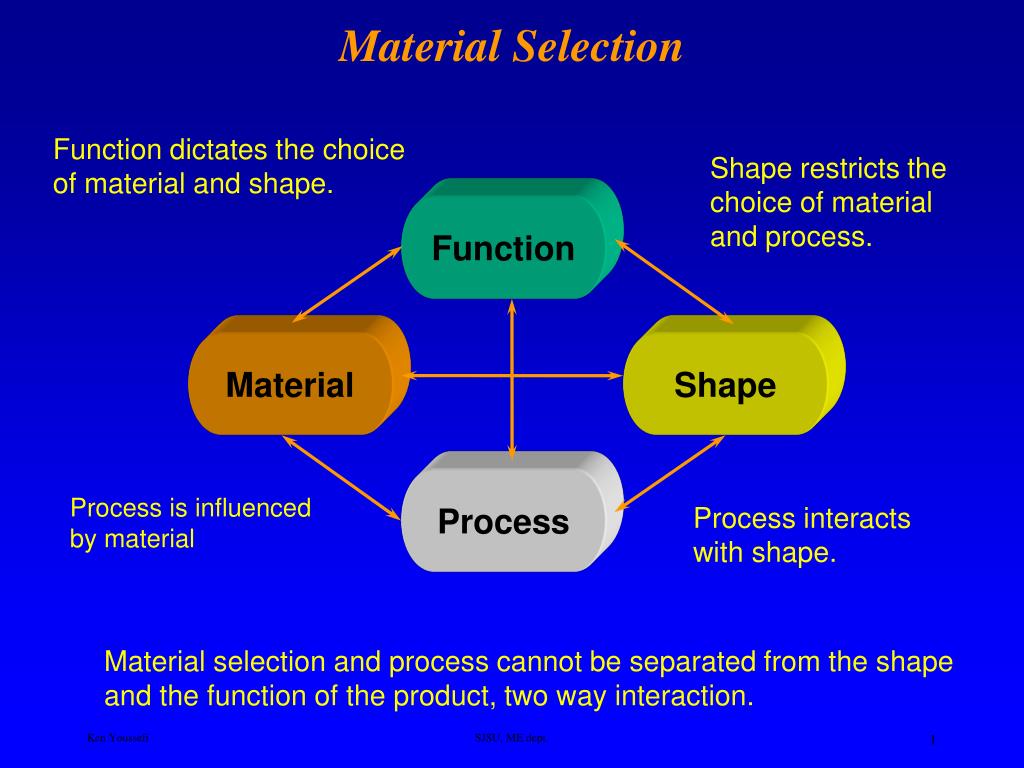
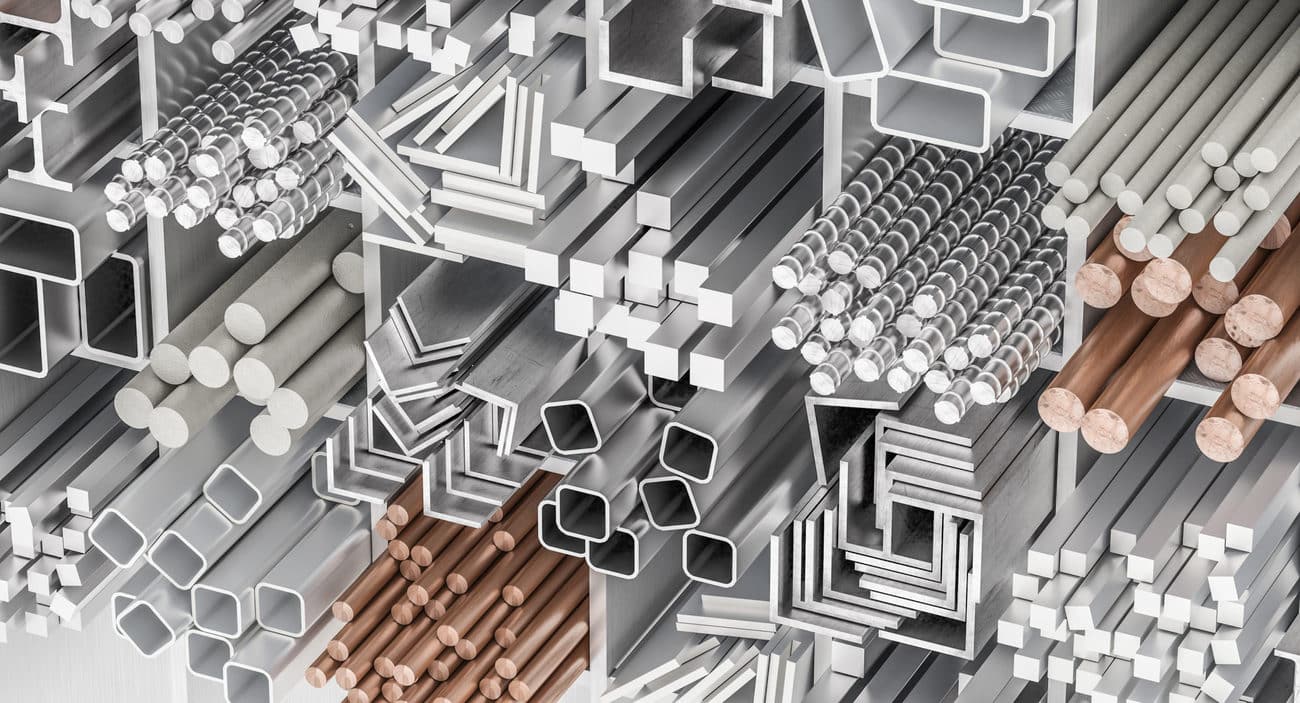













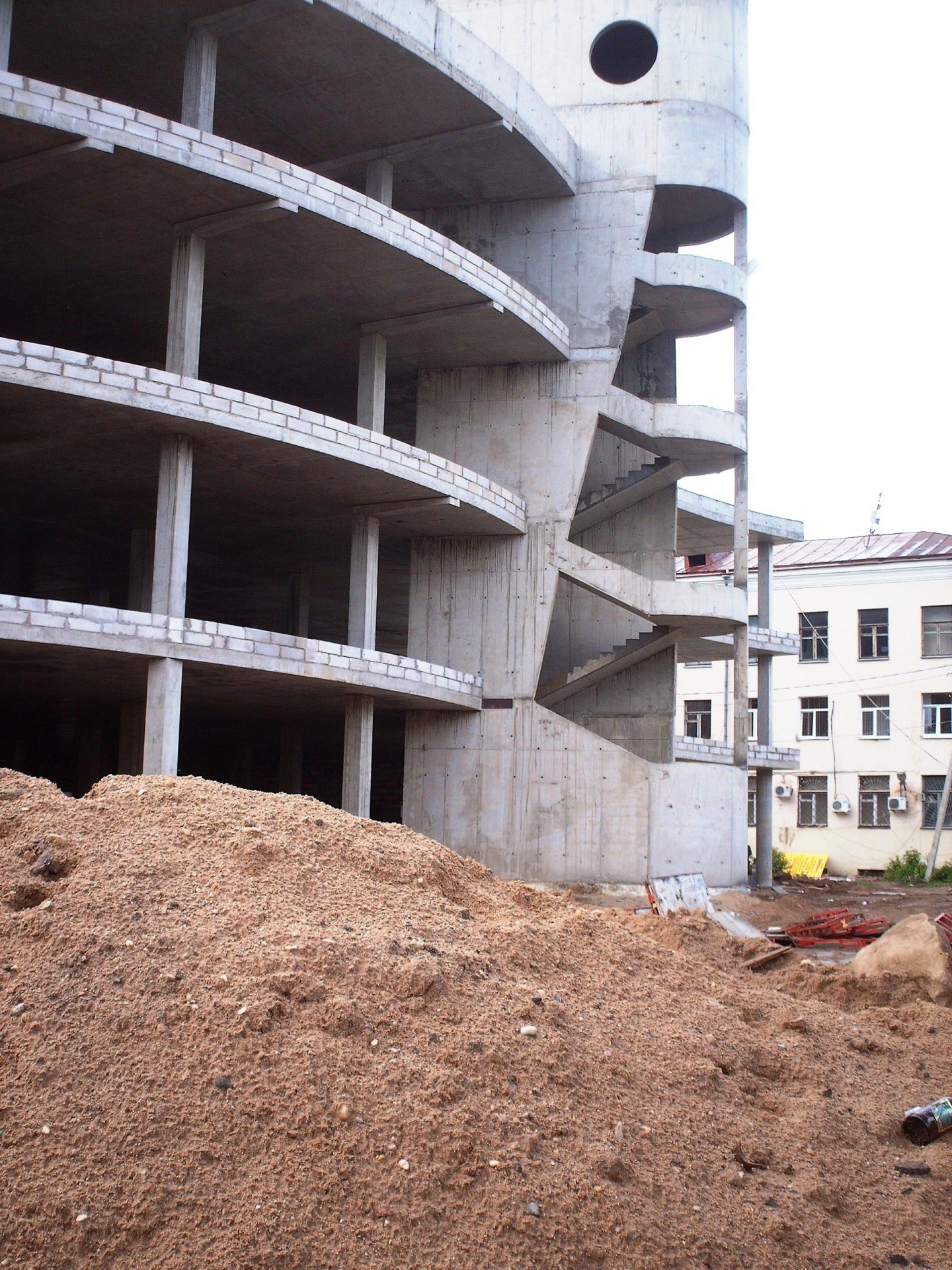

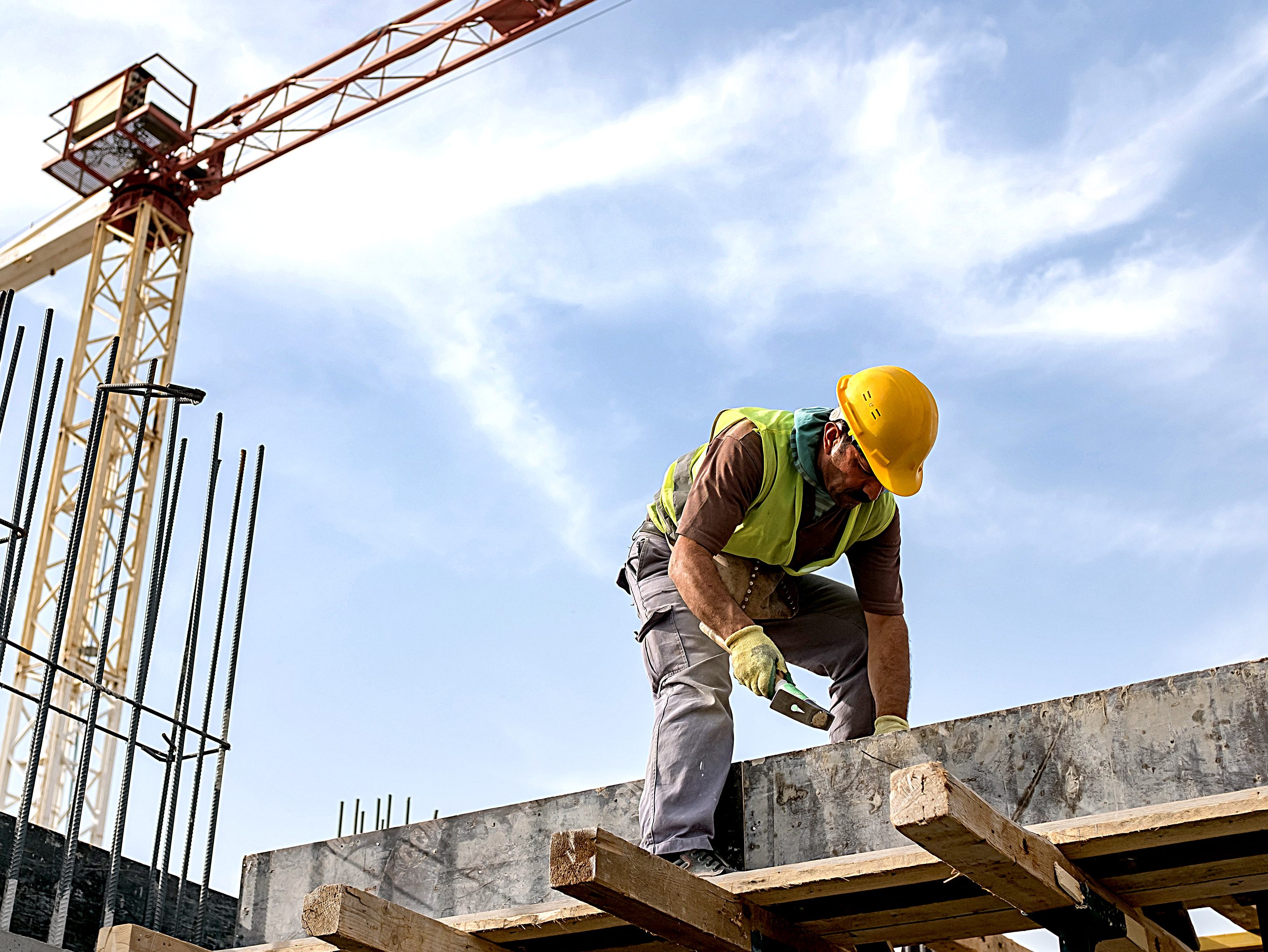
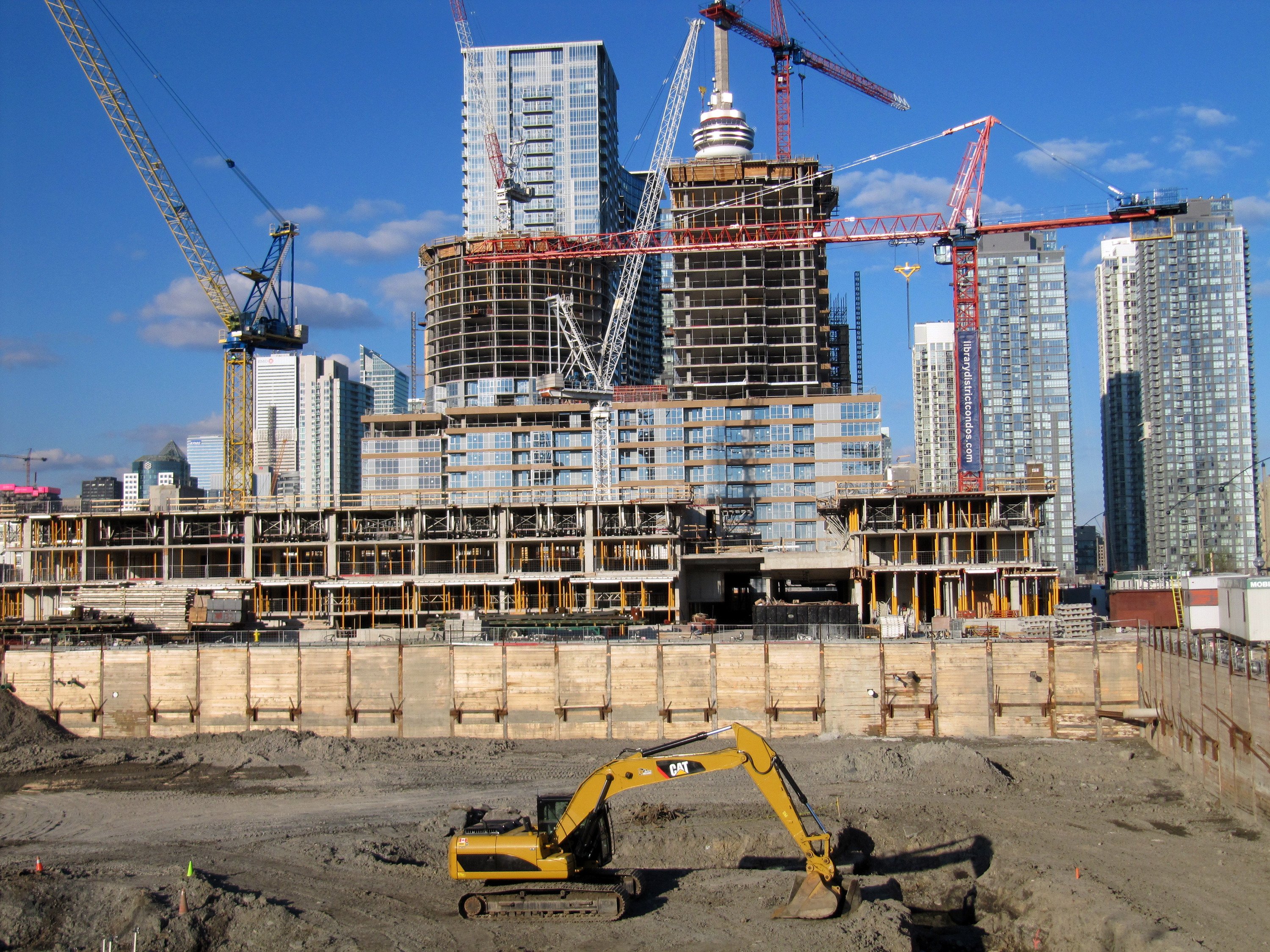


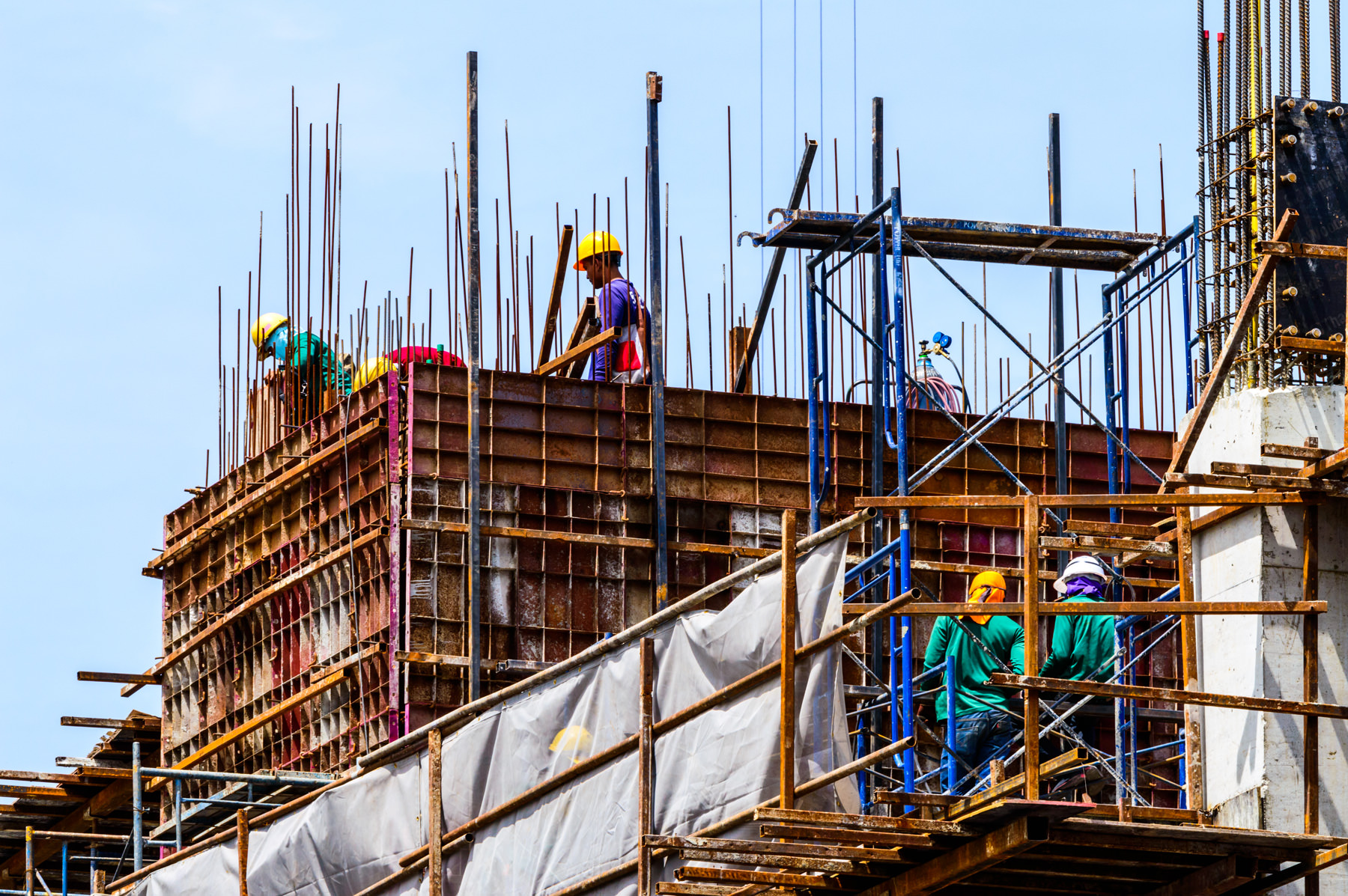


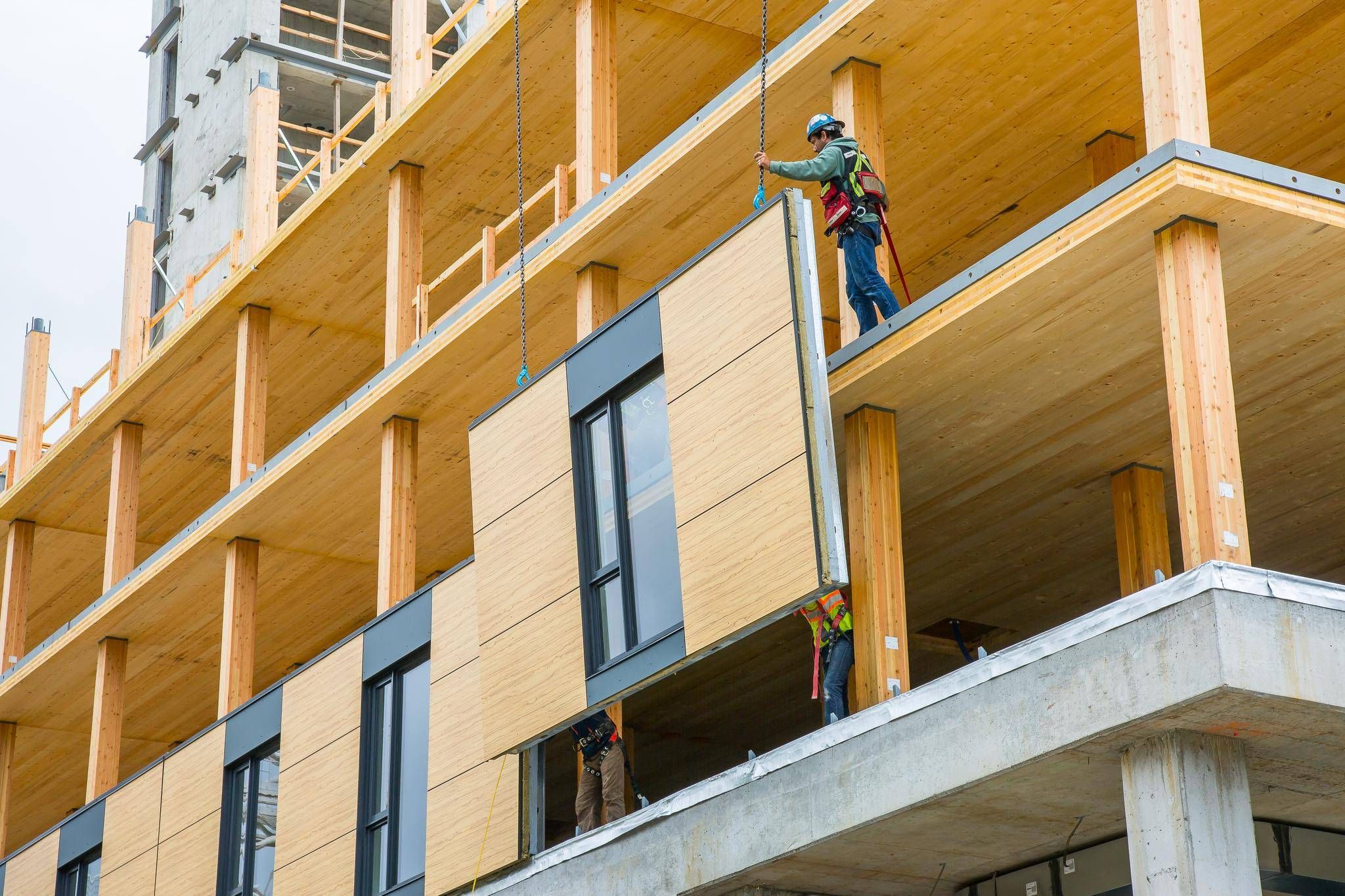



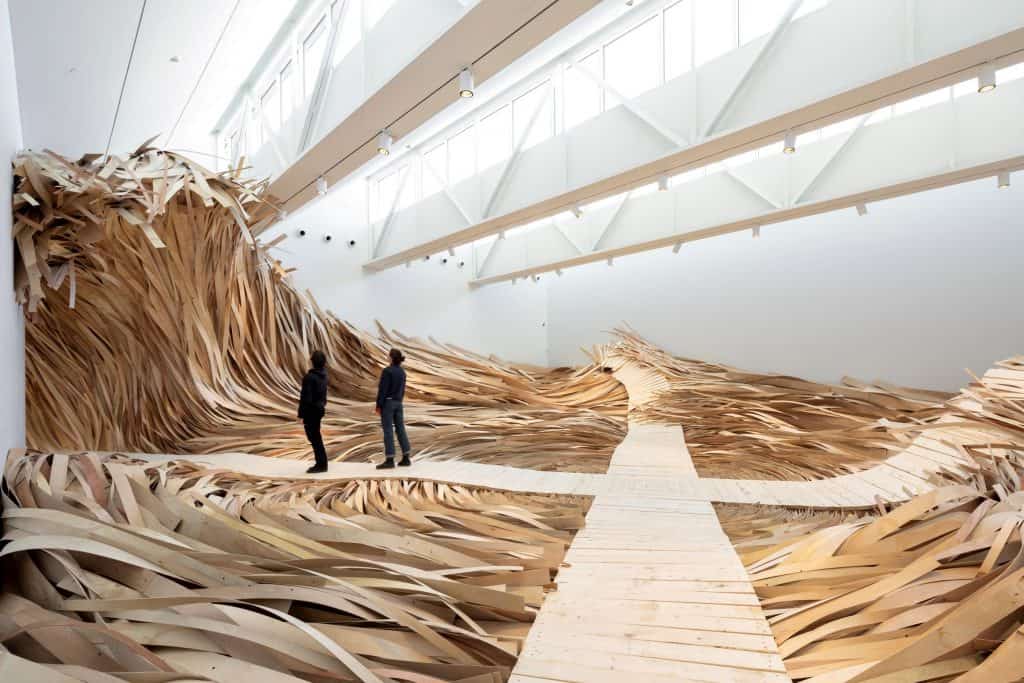


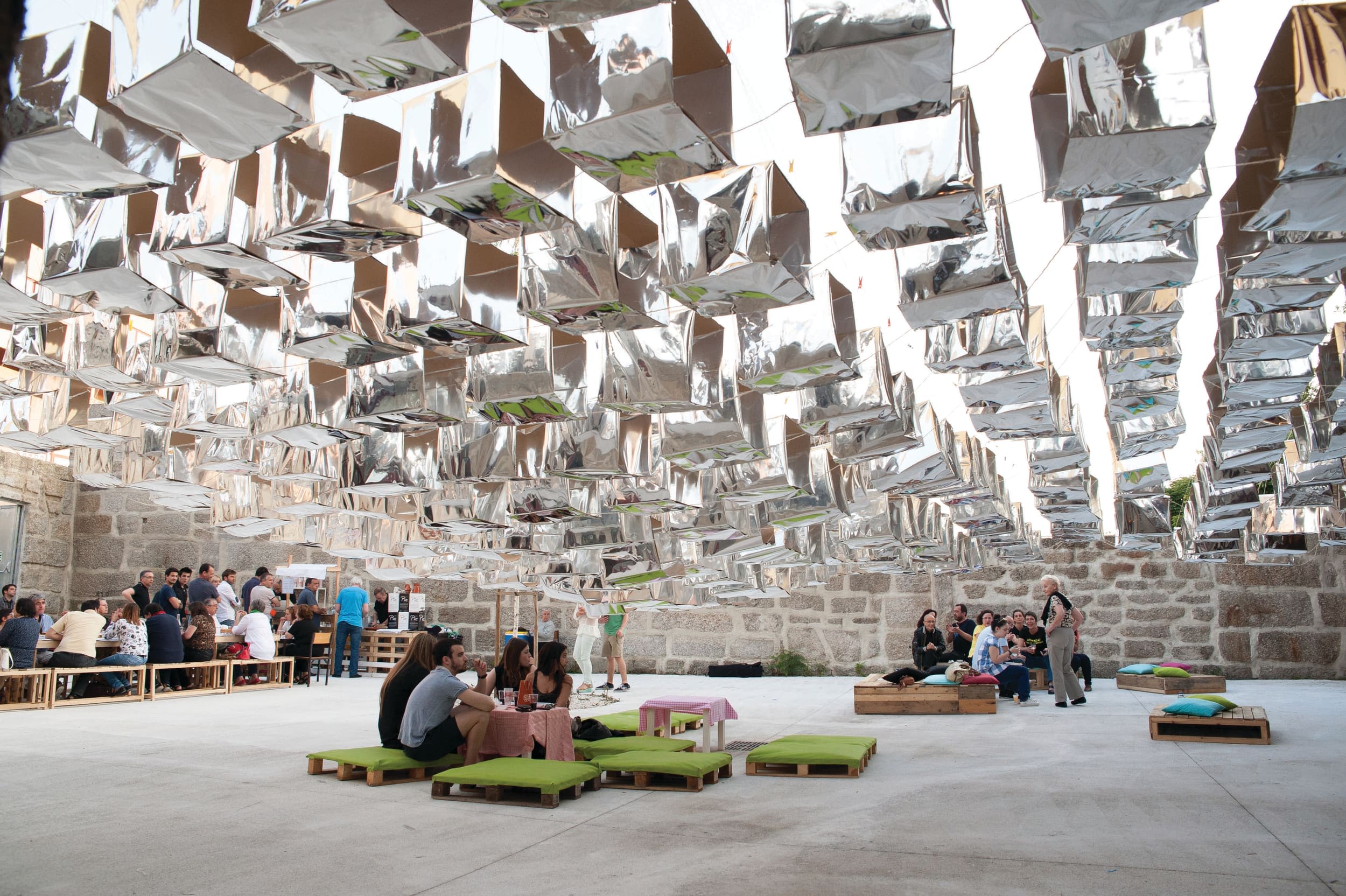





:format(jpeg):mode_rgb():quality(90)/discogs-images/R-11614240-1519448971-3760.jpeg.jpg)

.ba418a4a.jpg)




